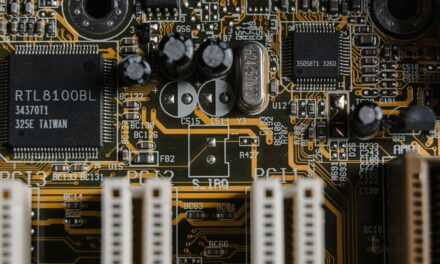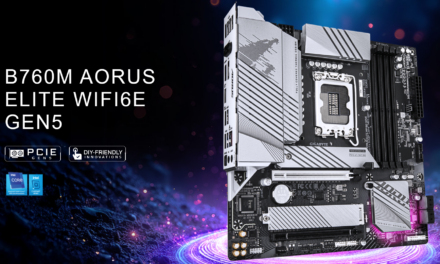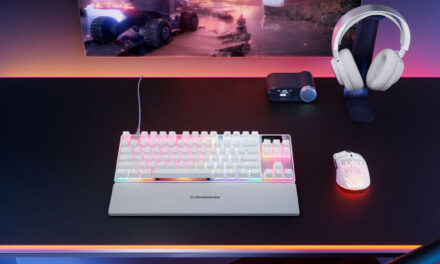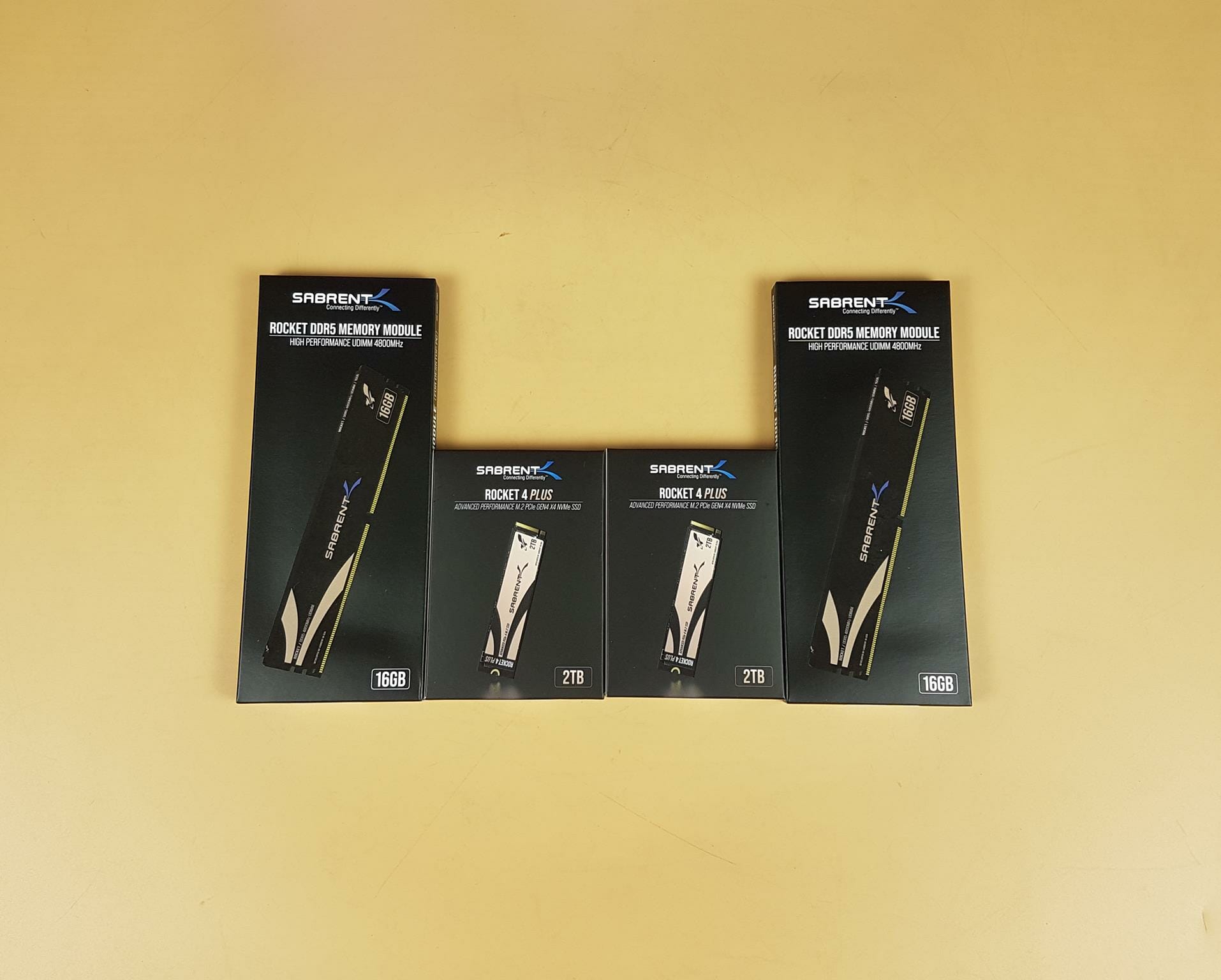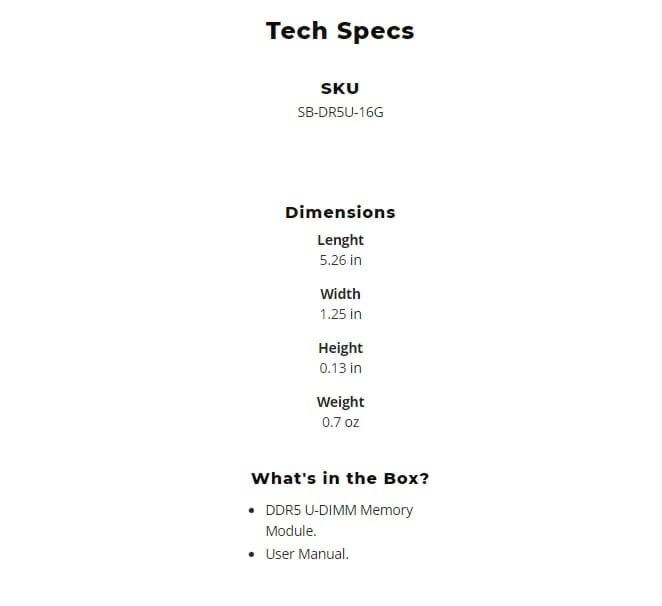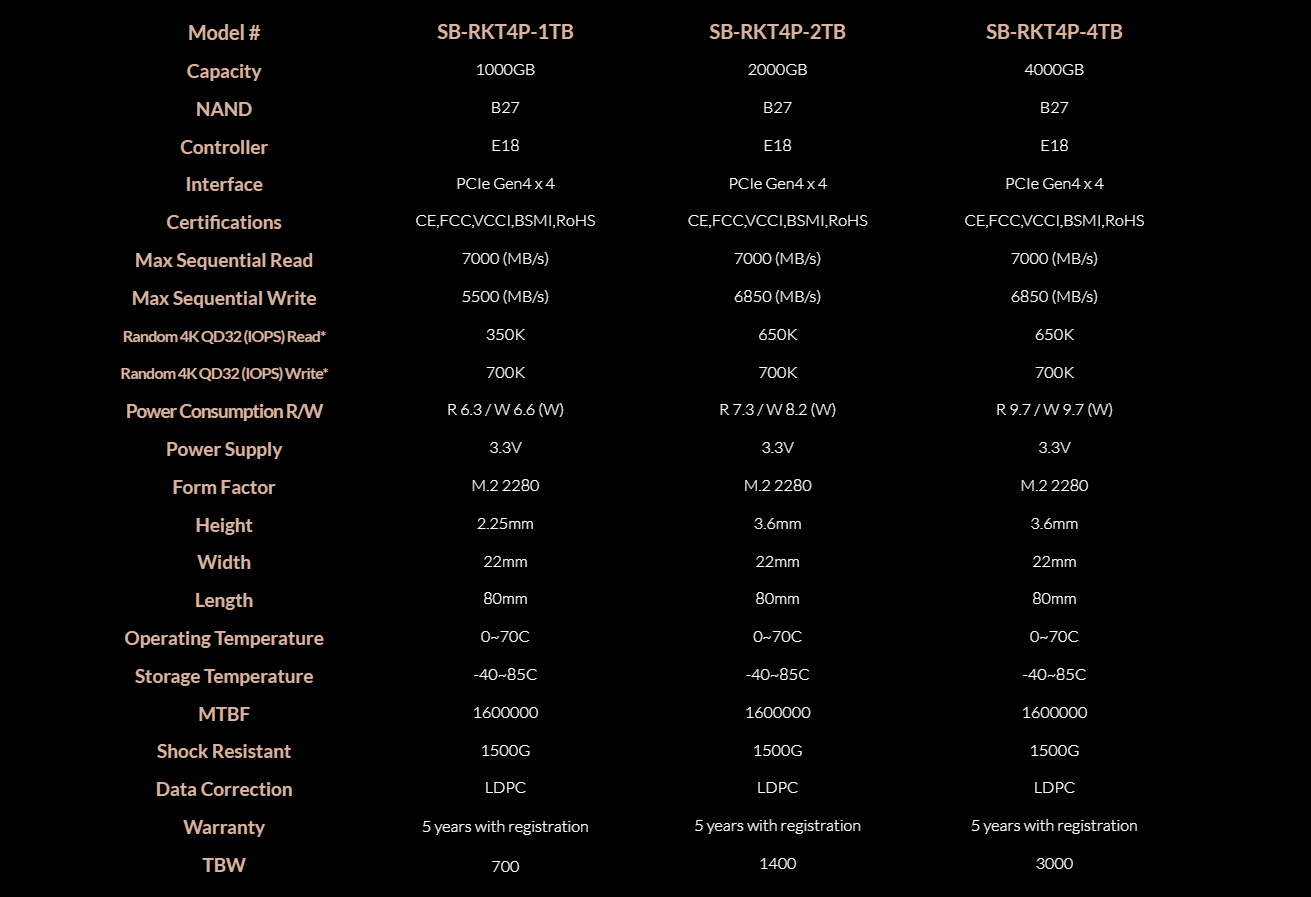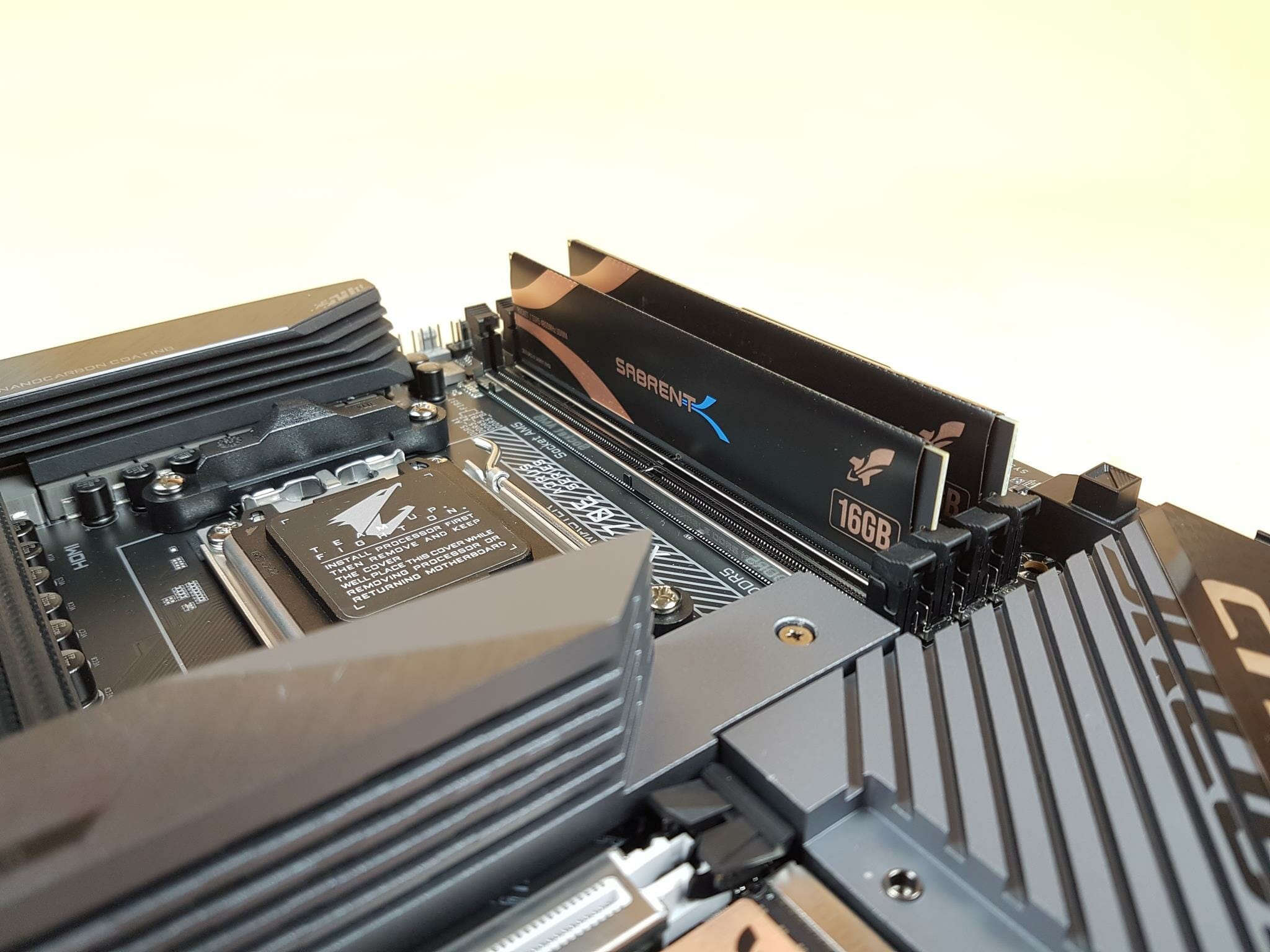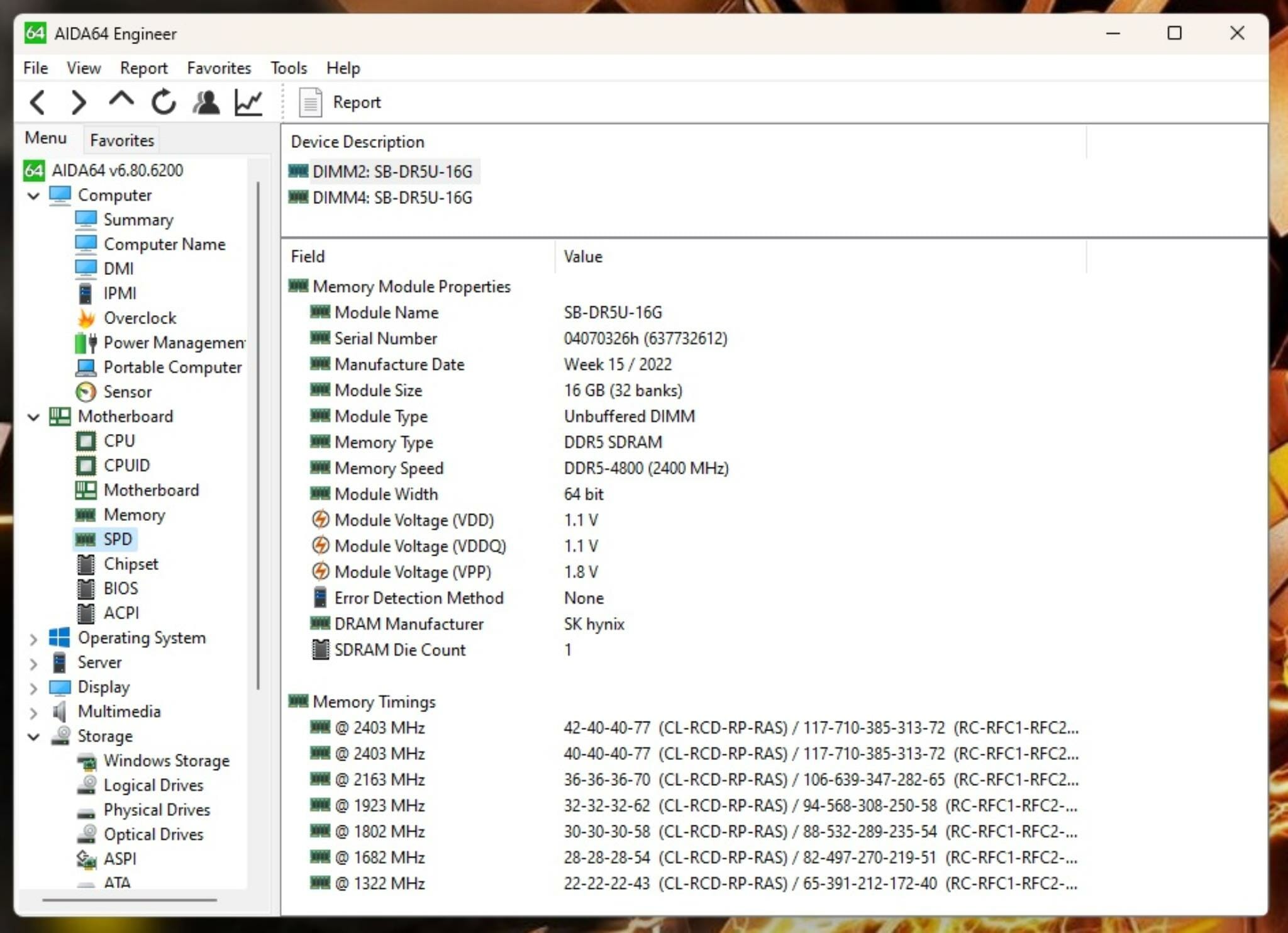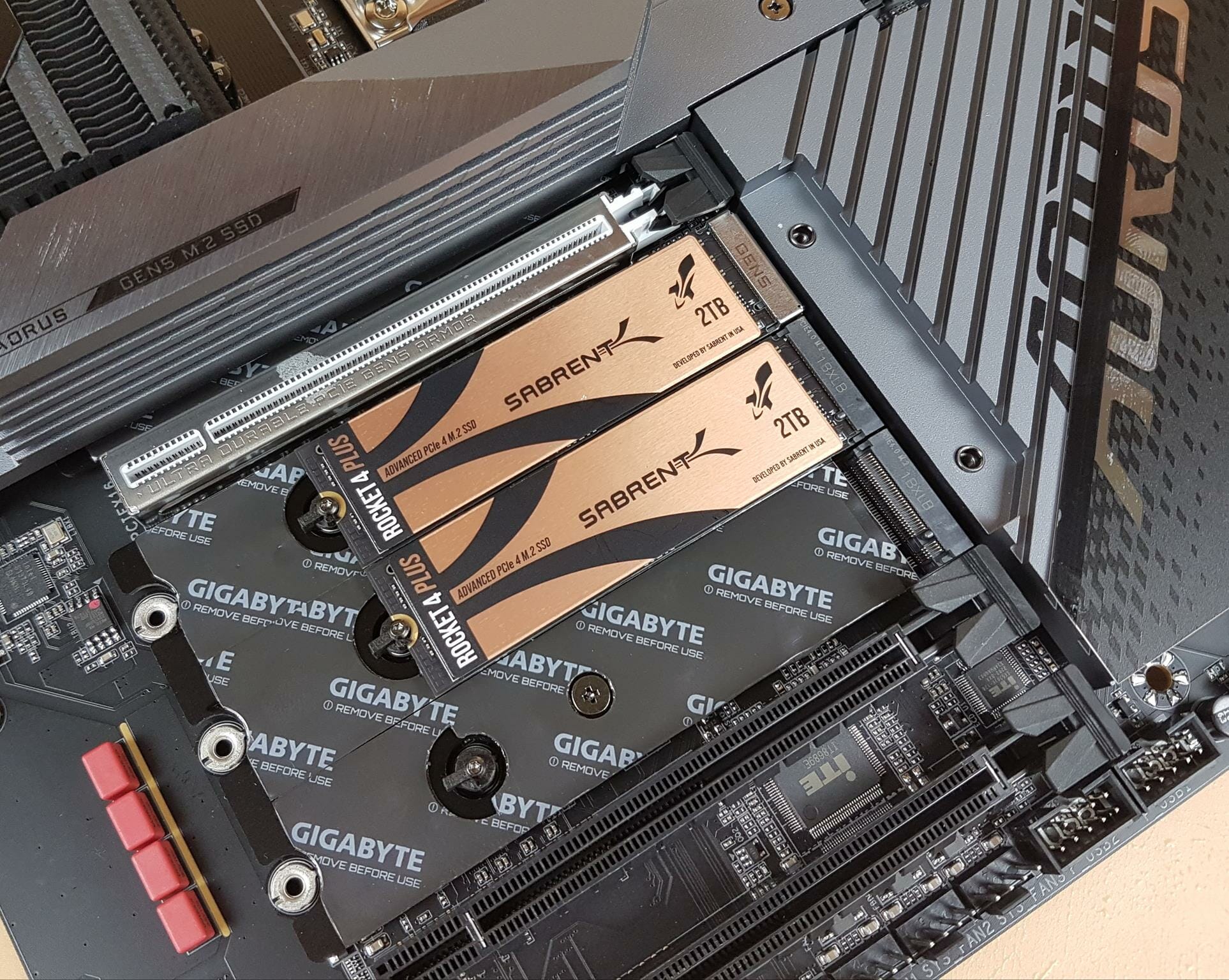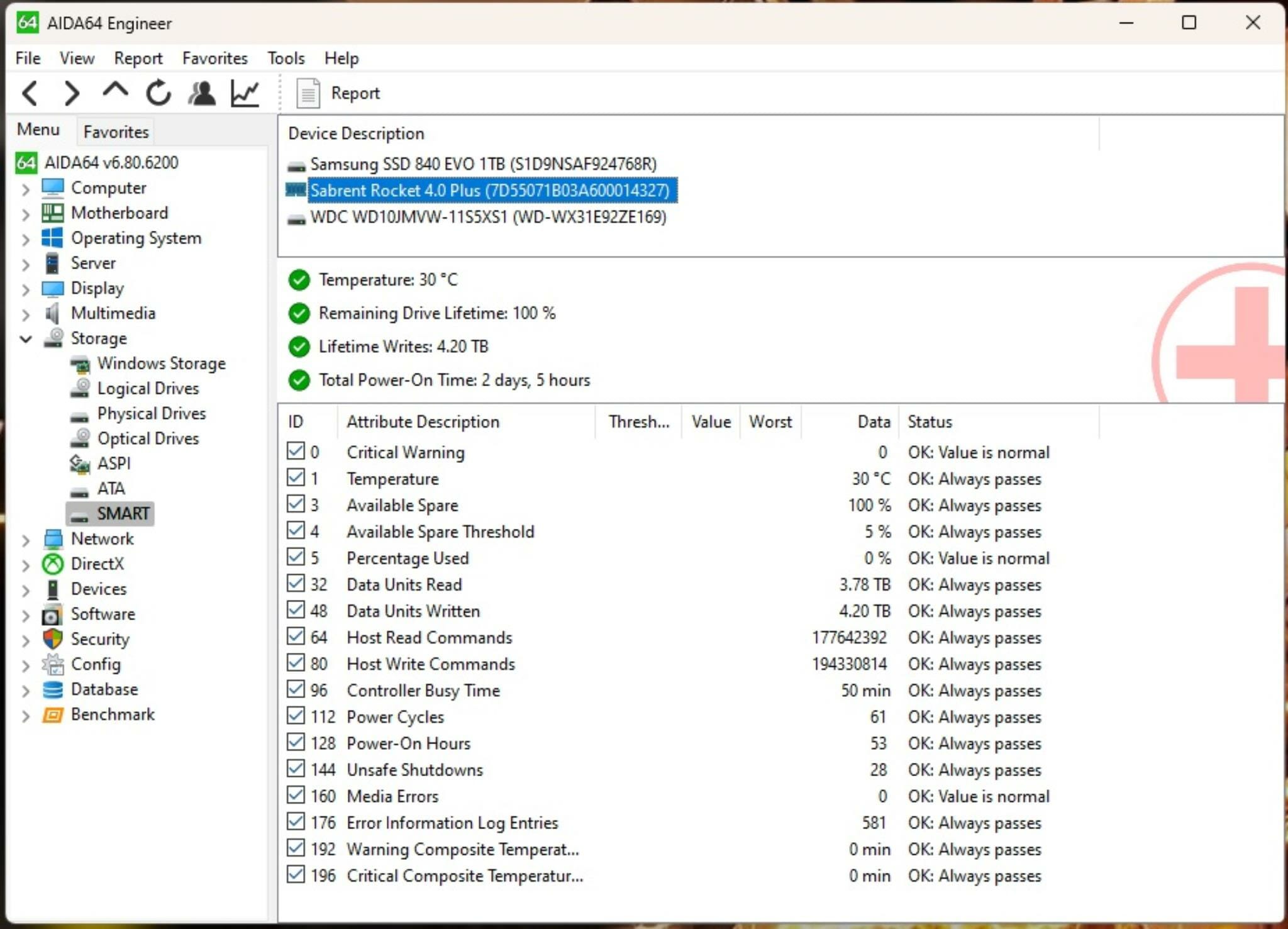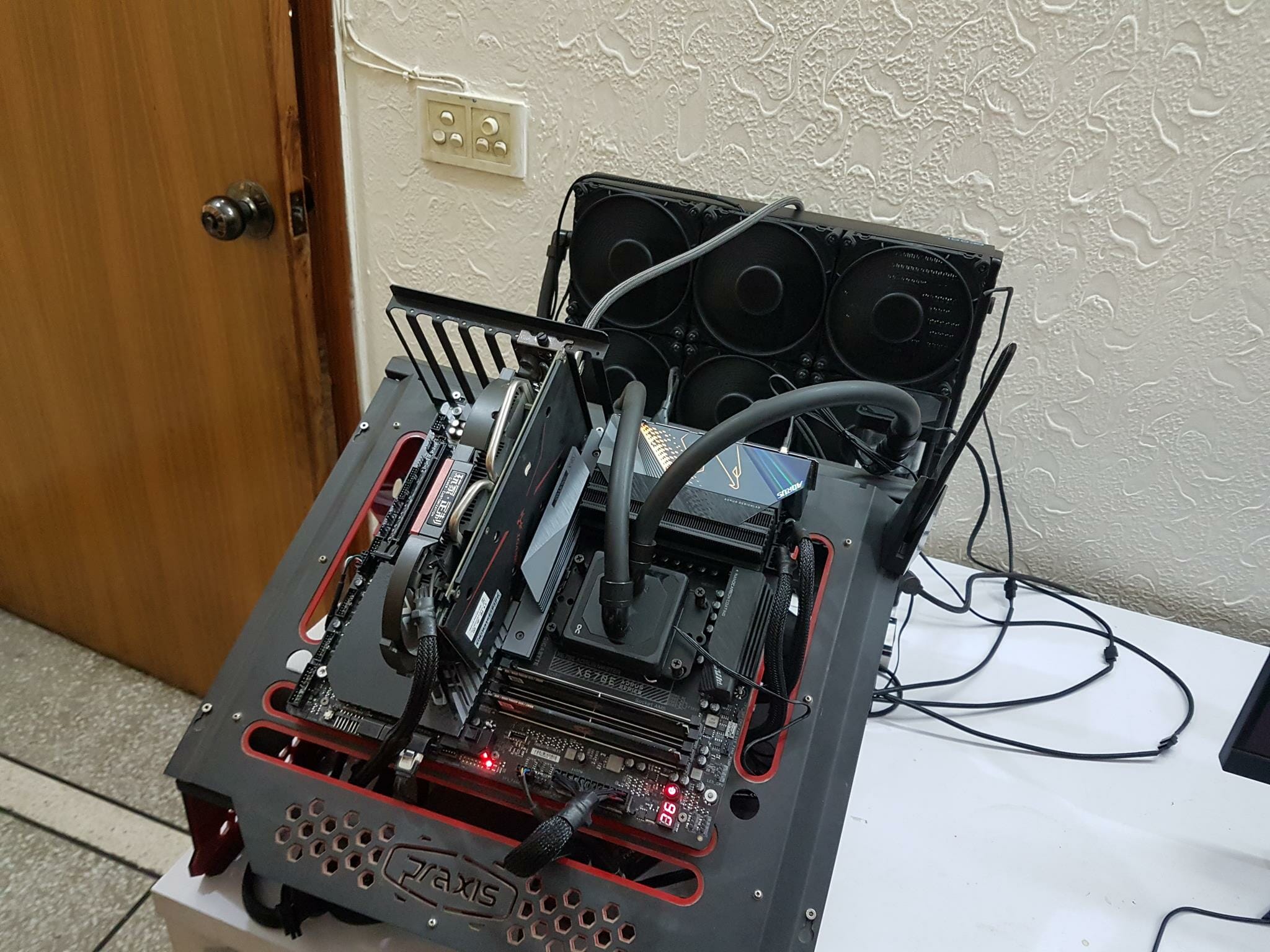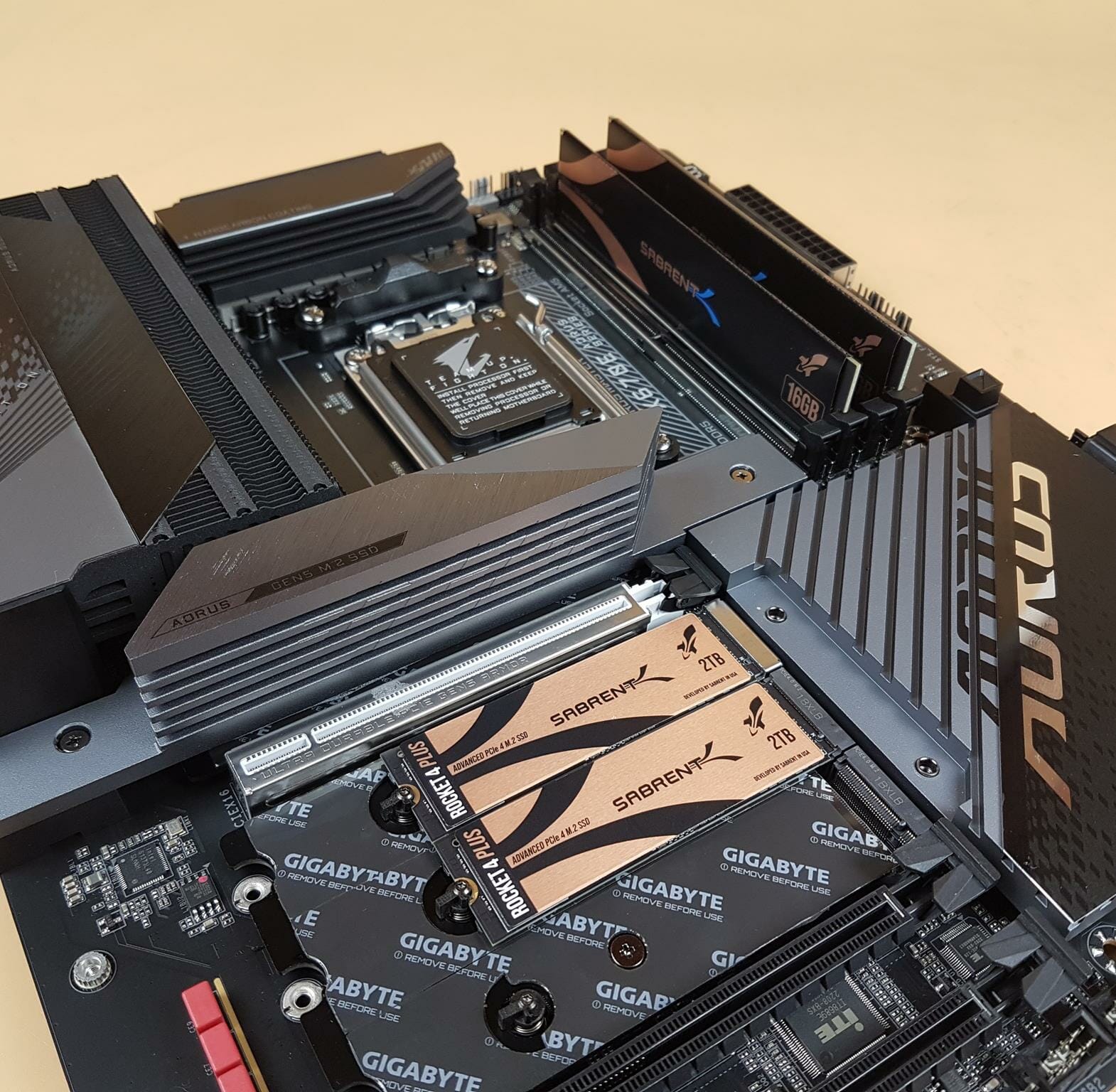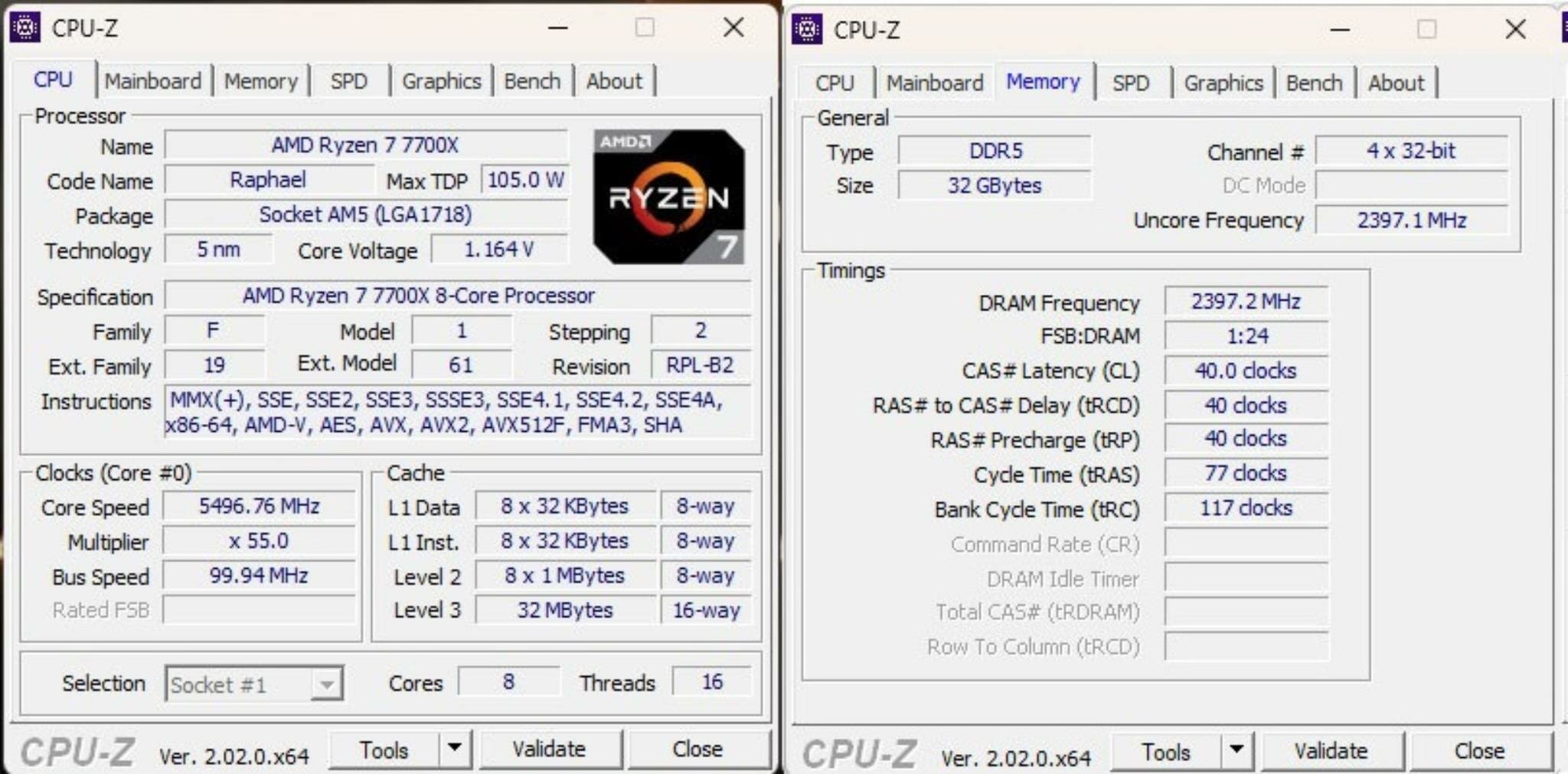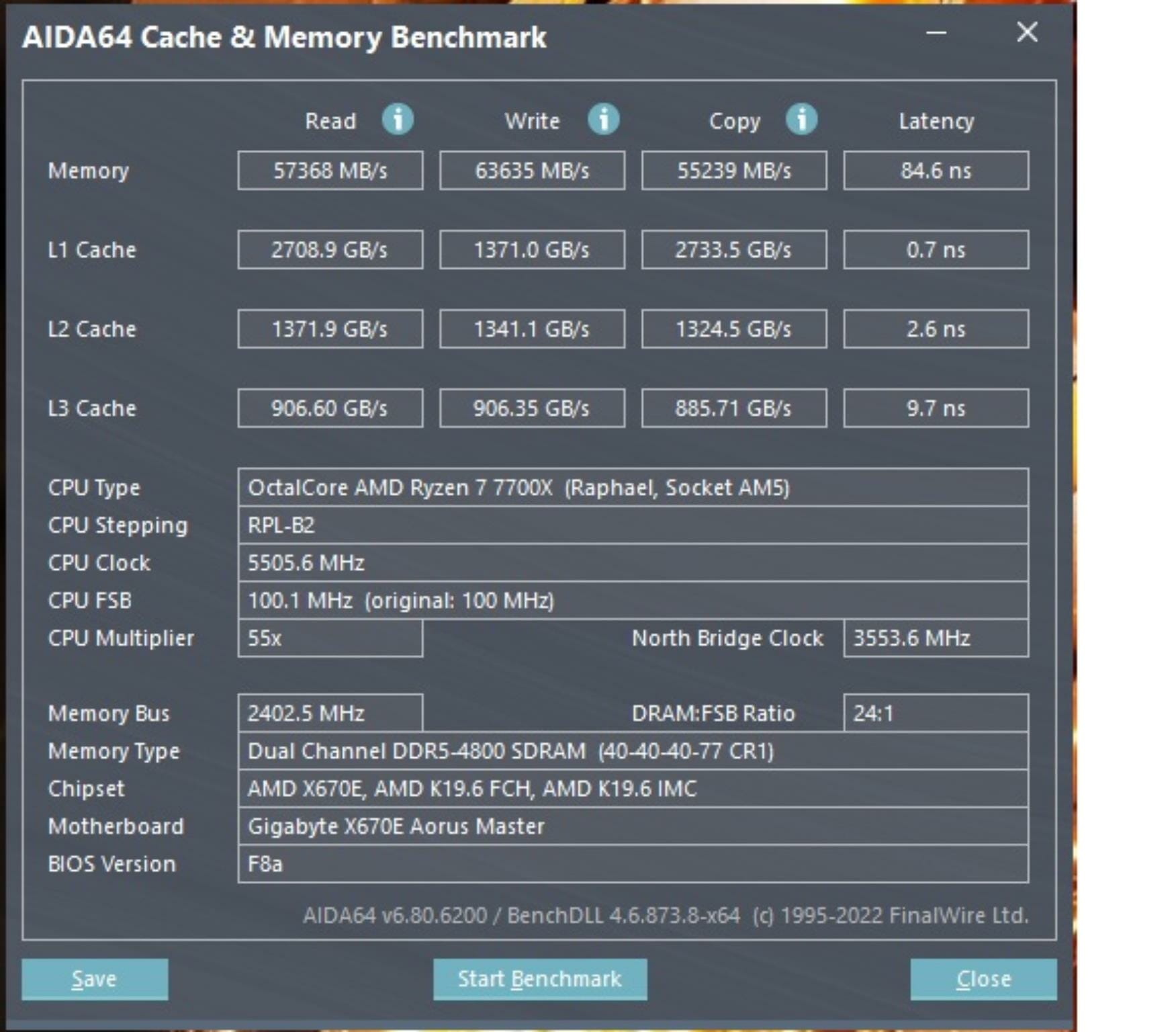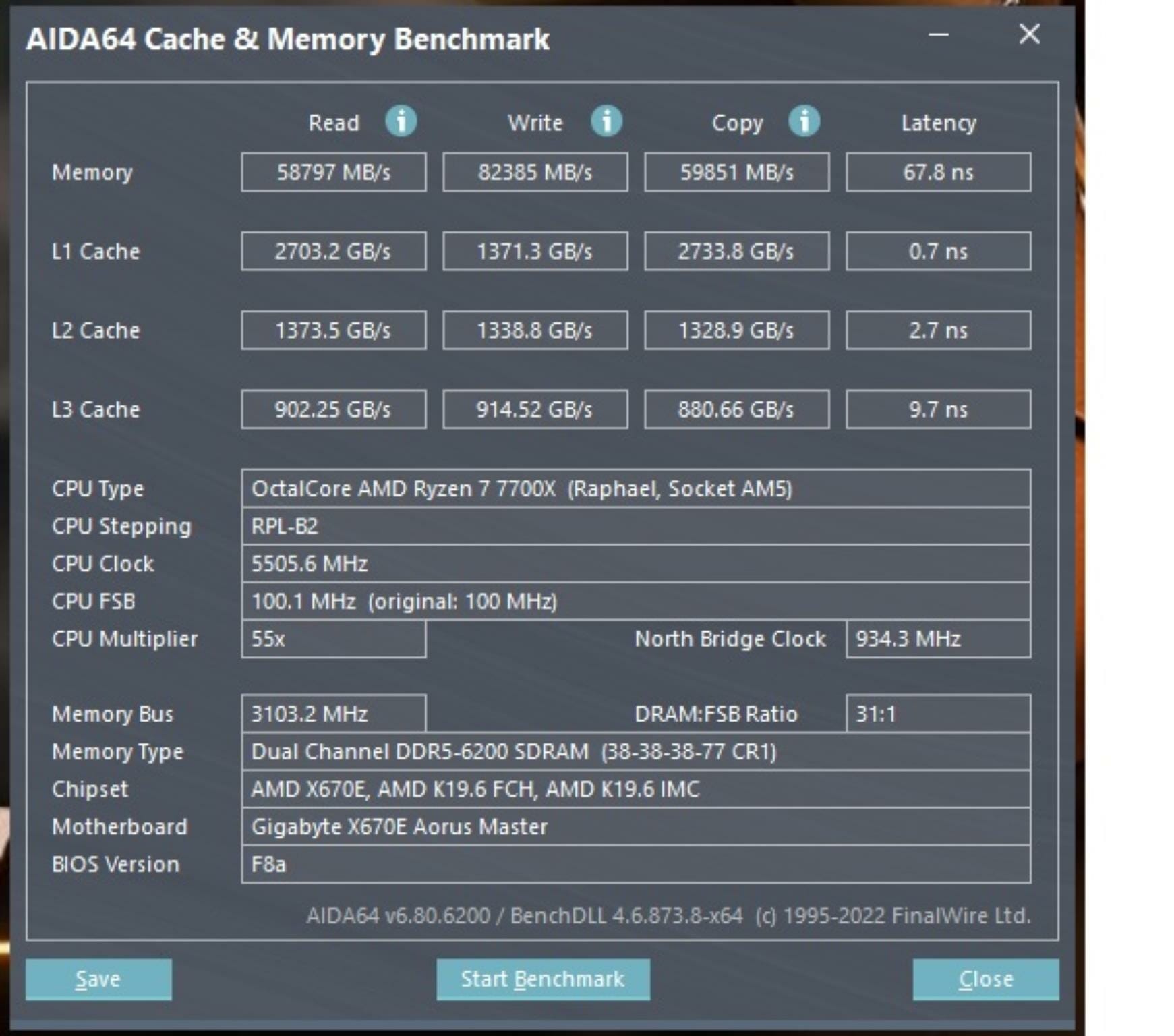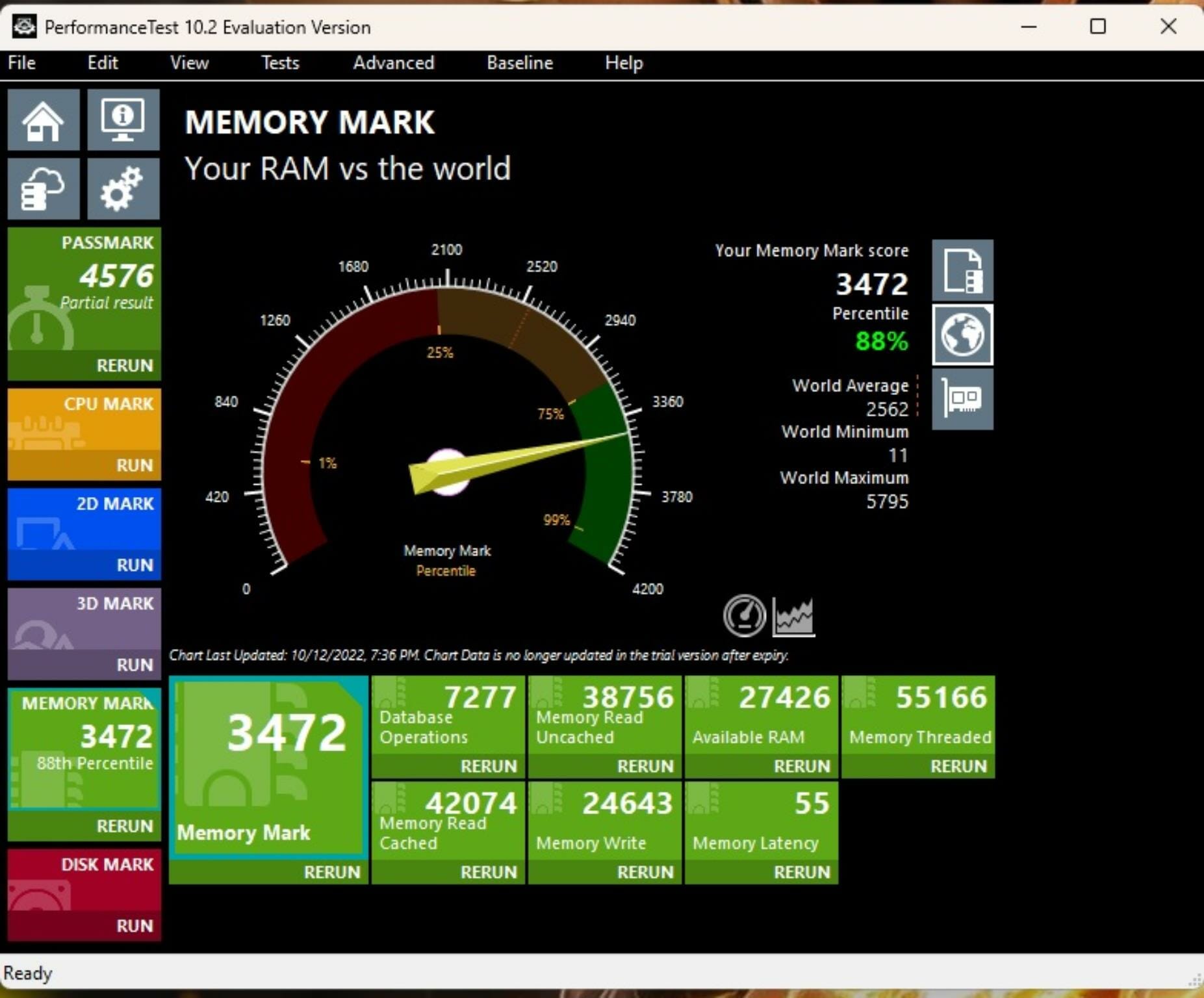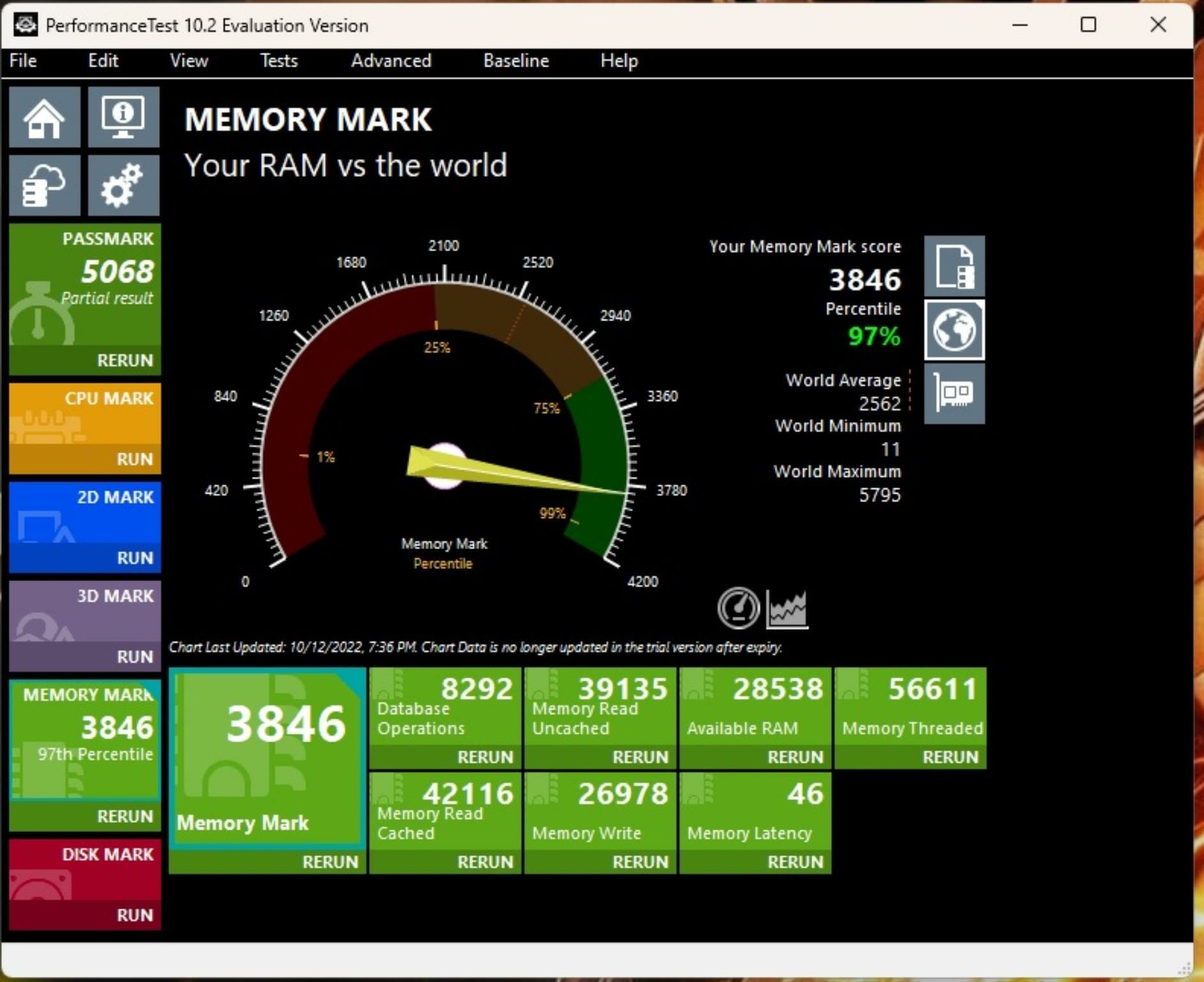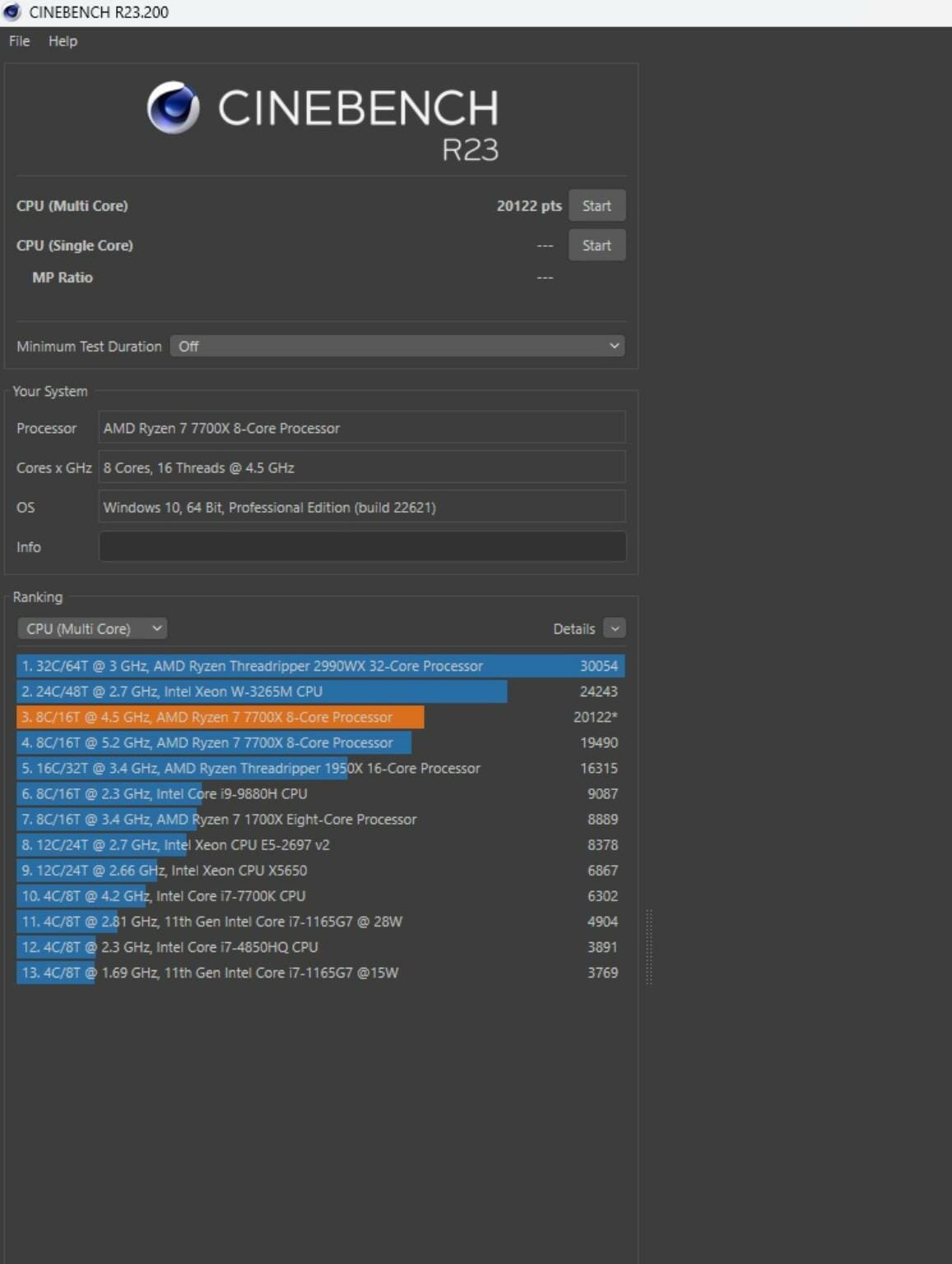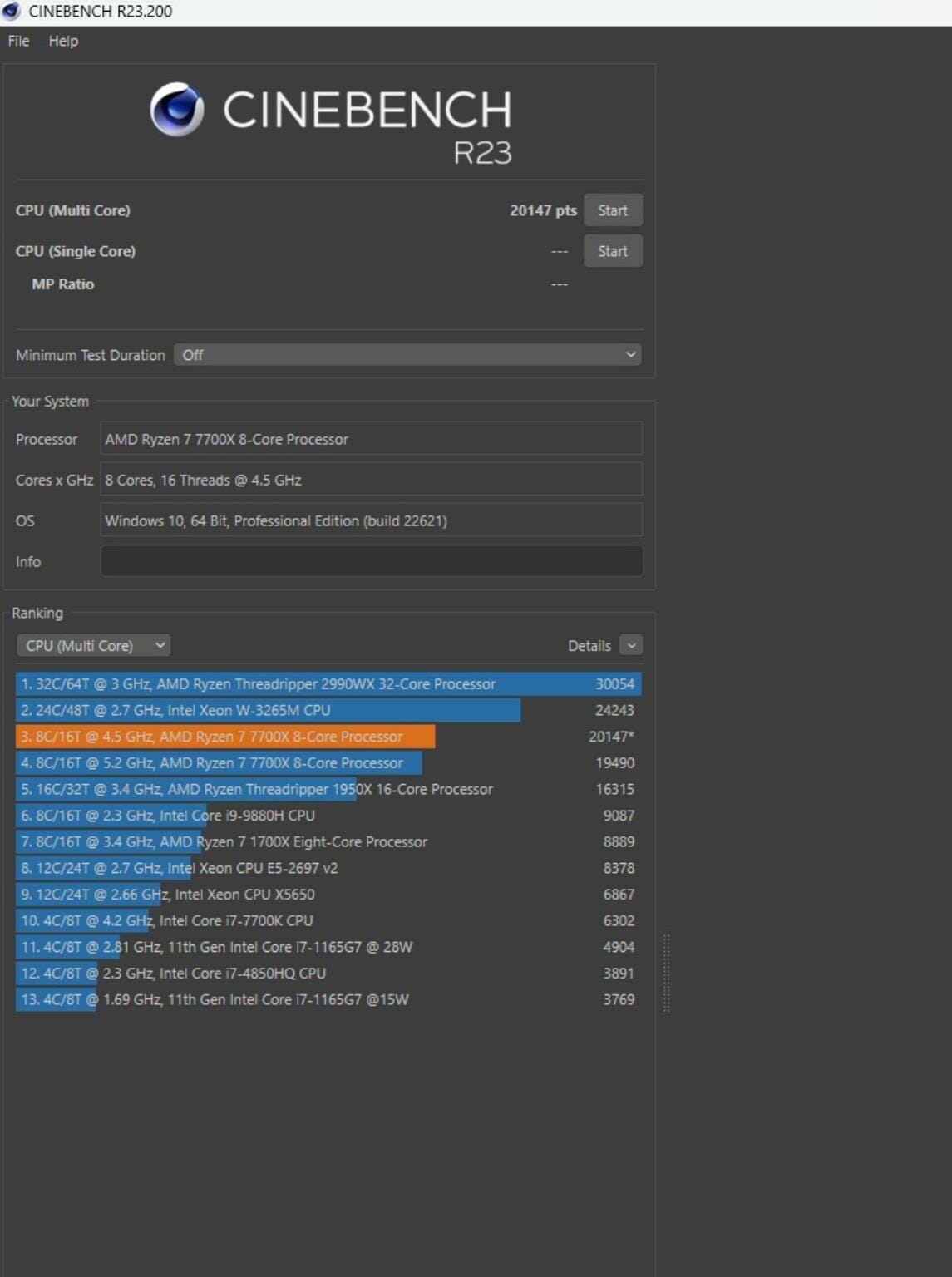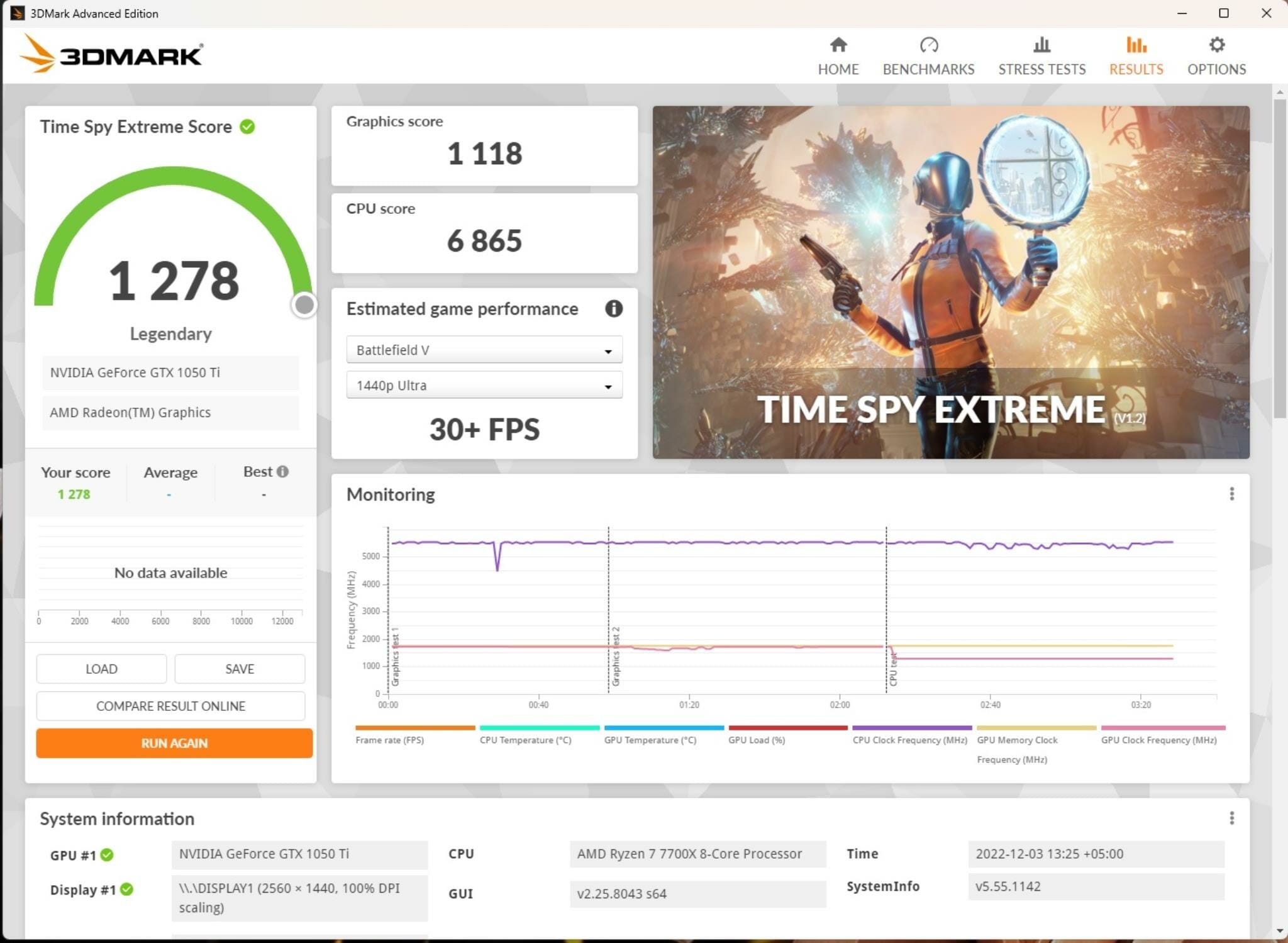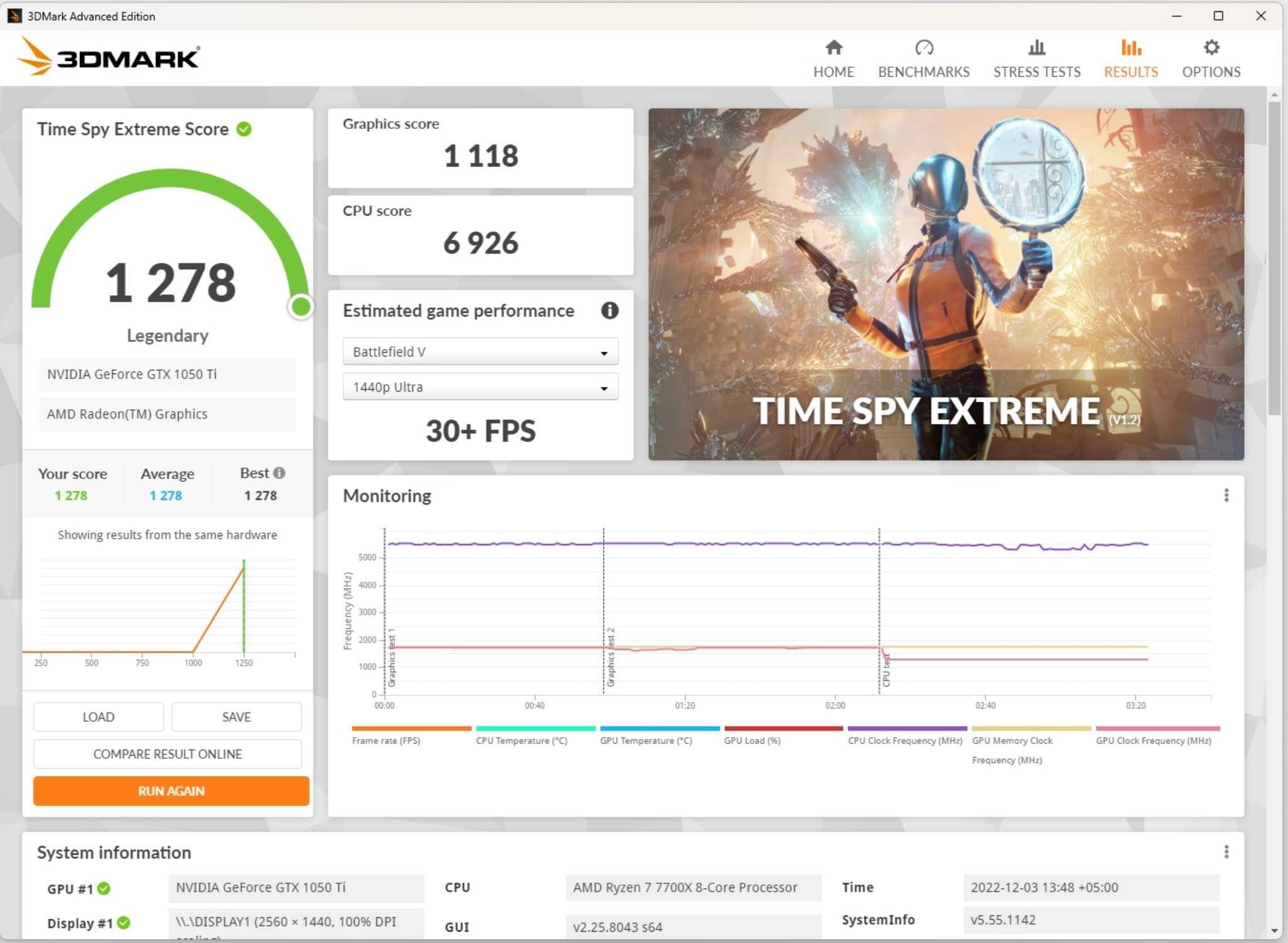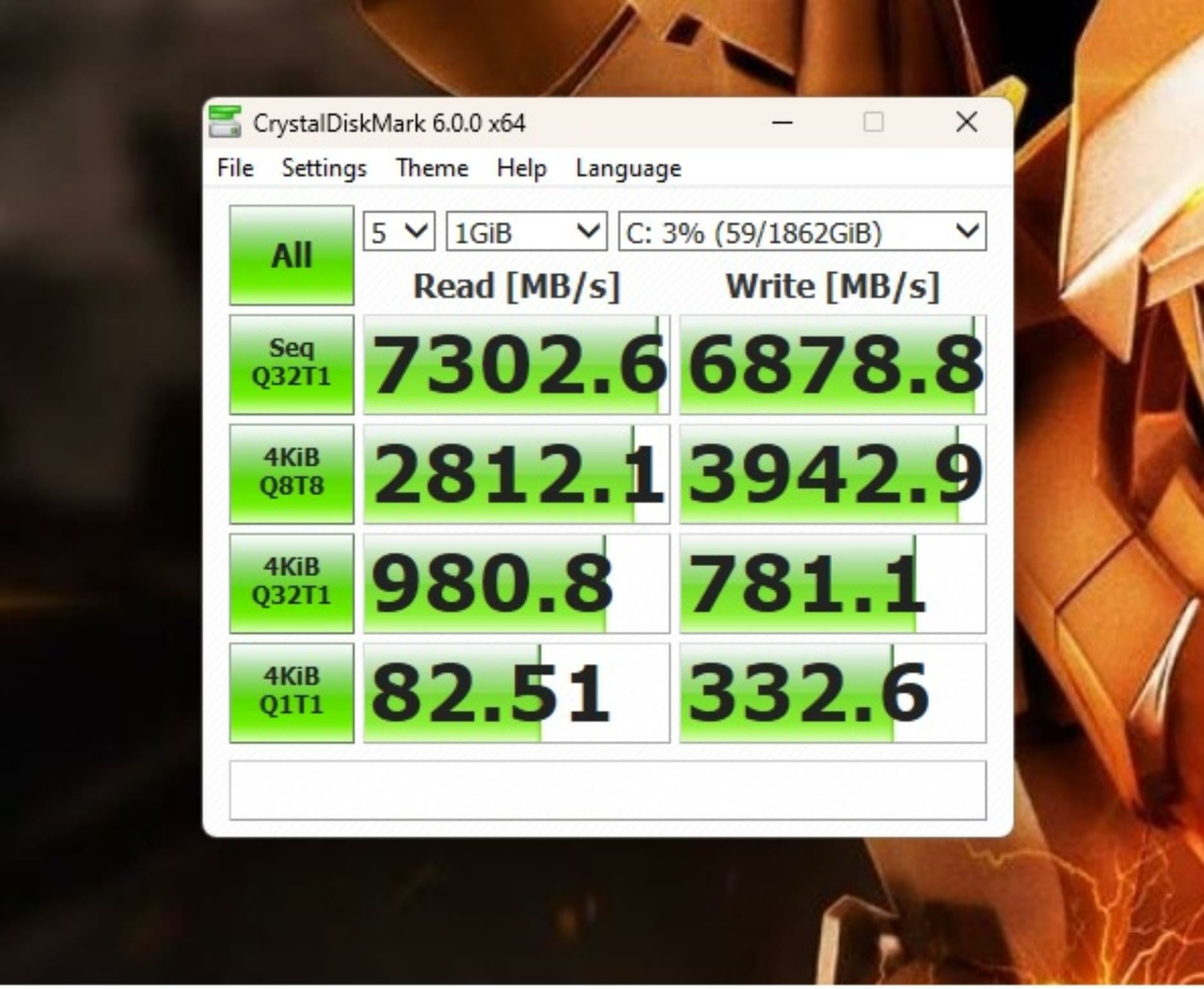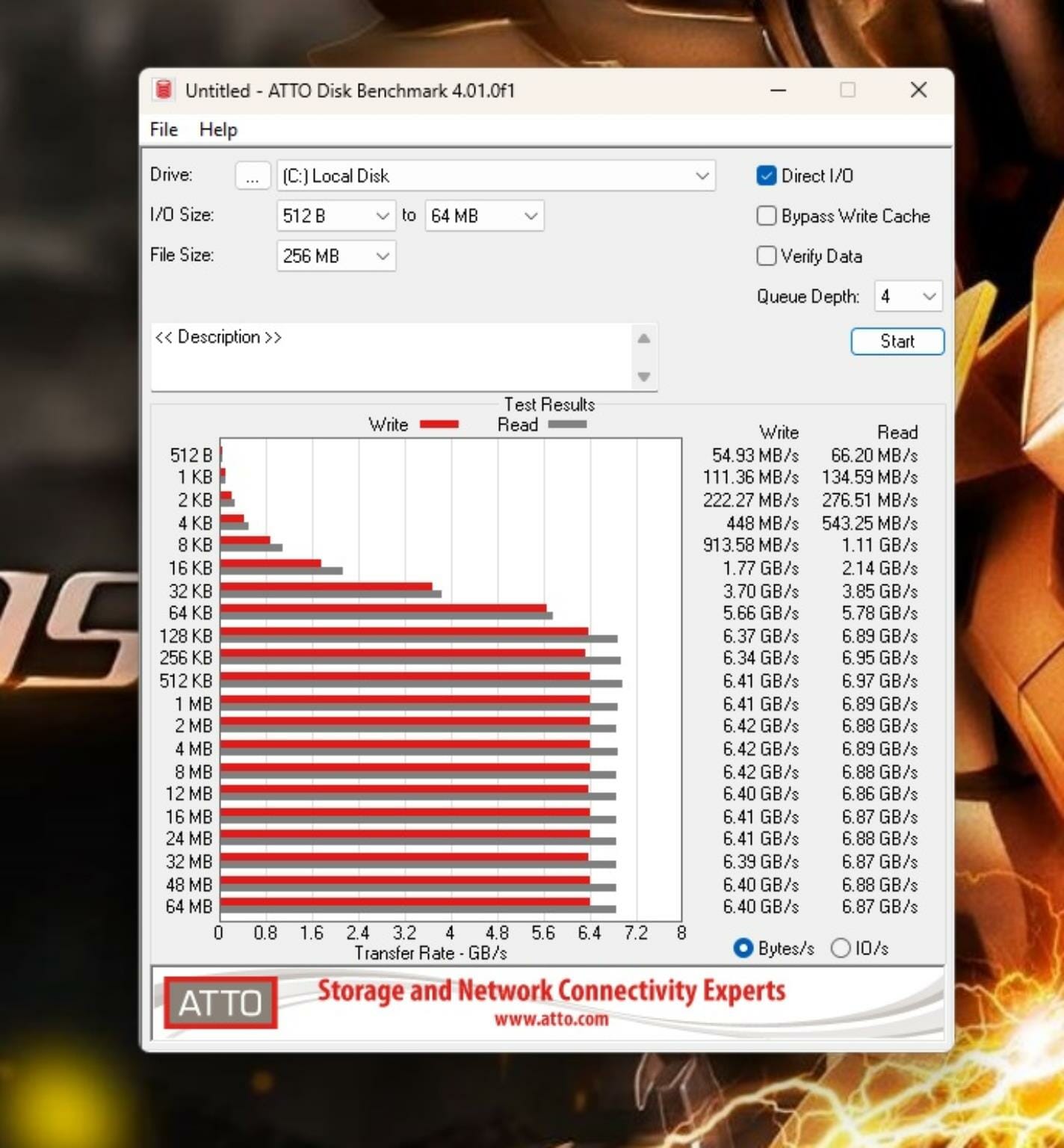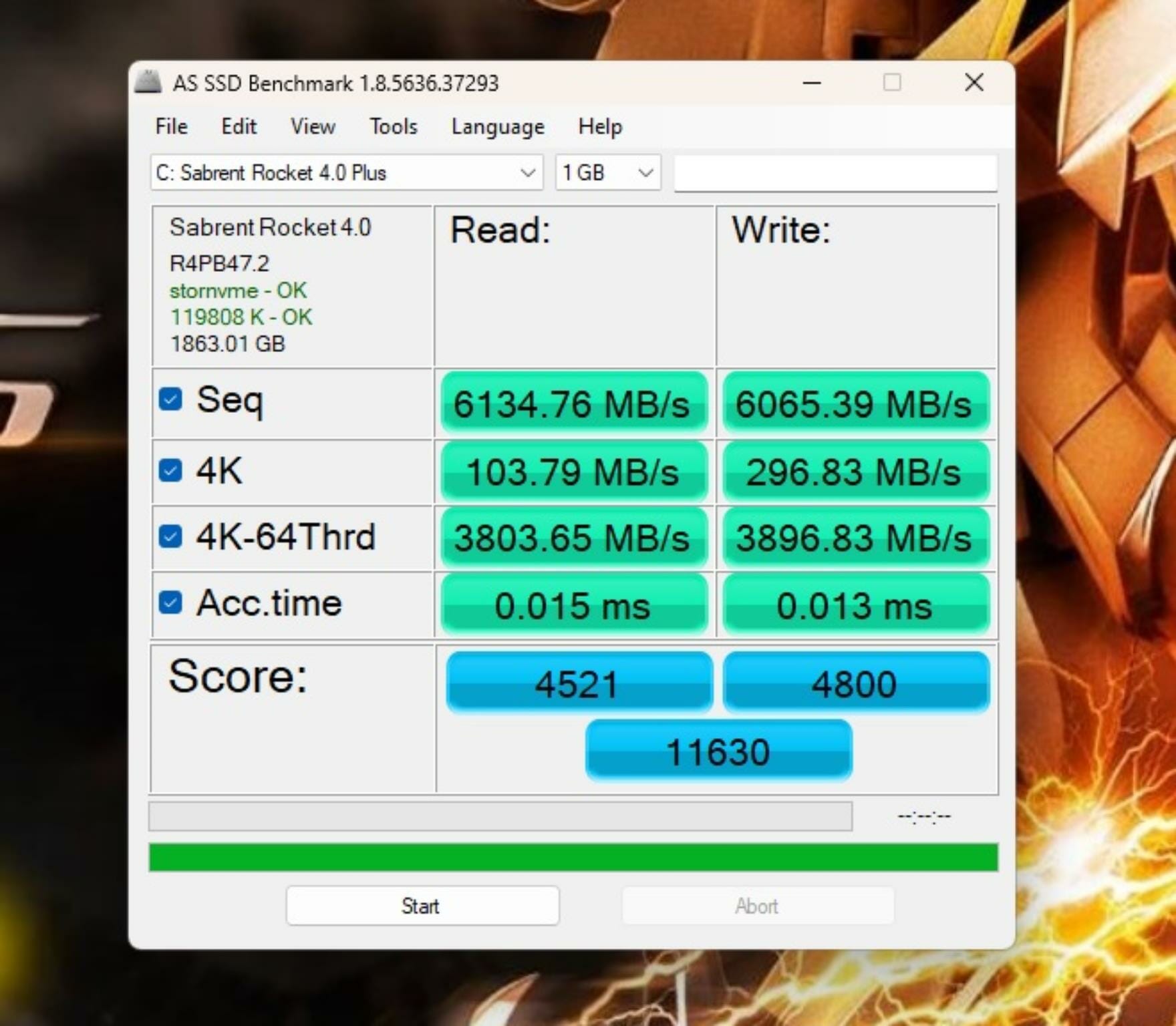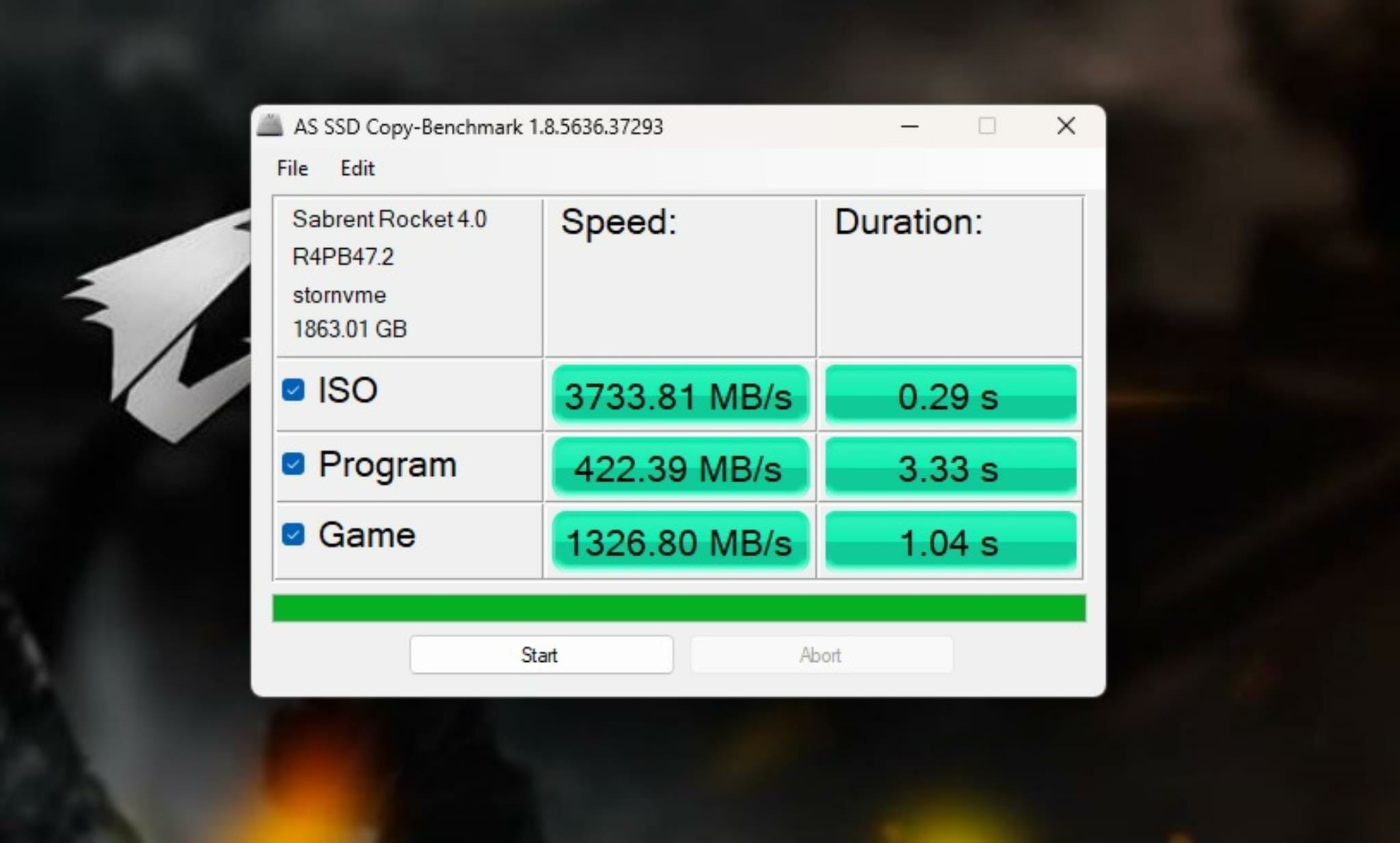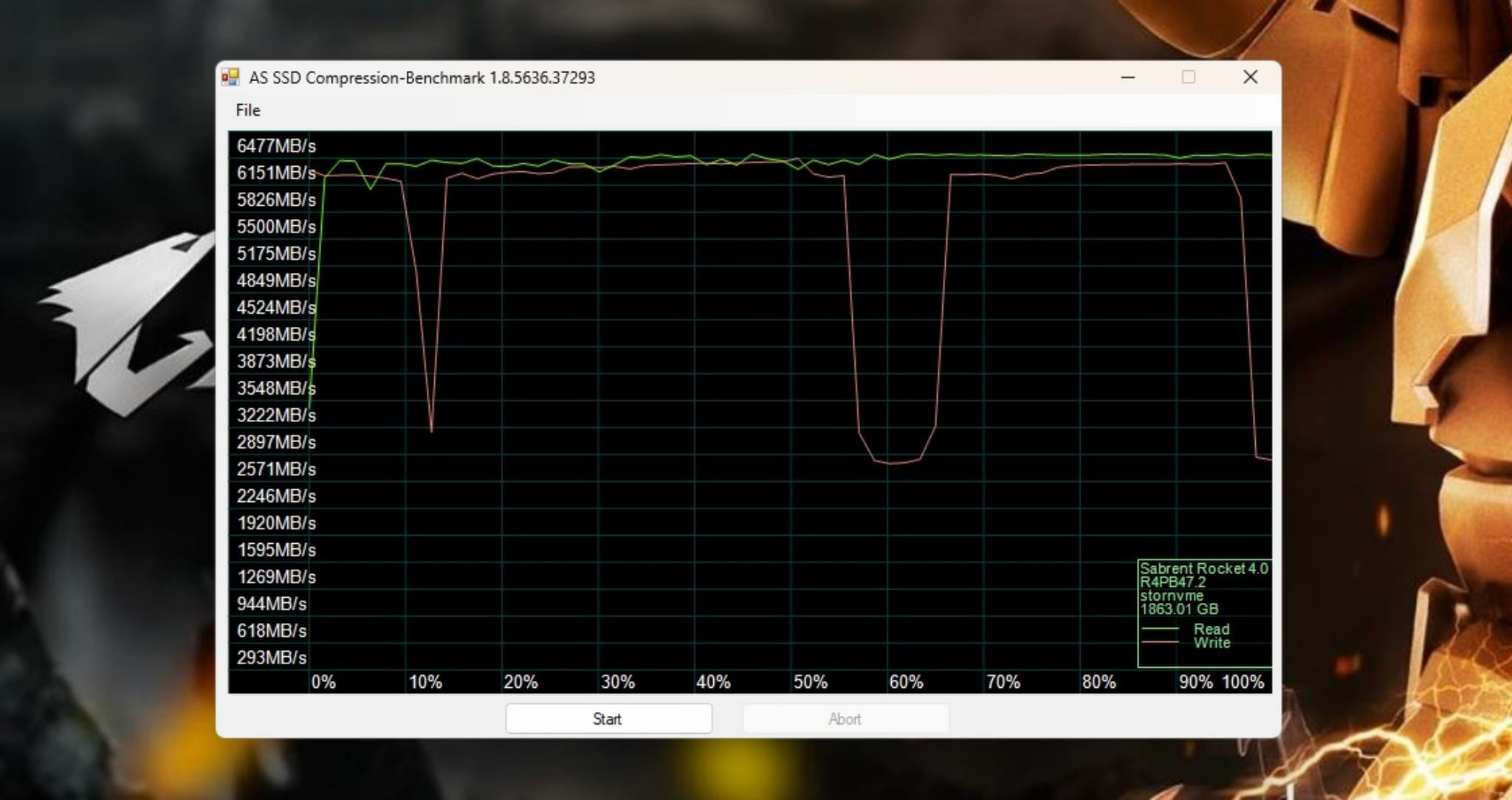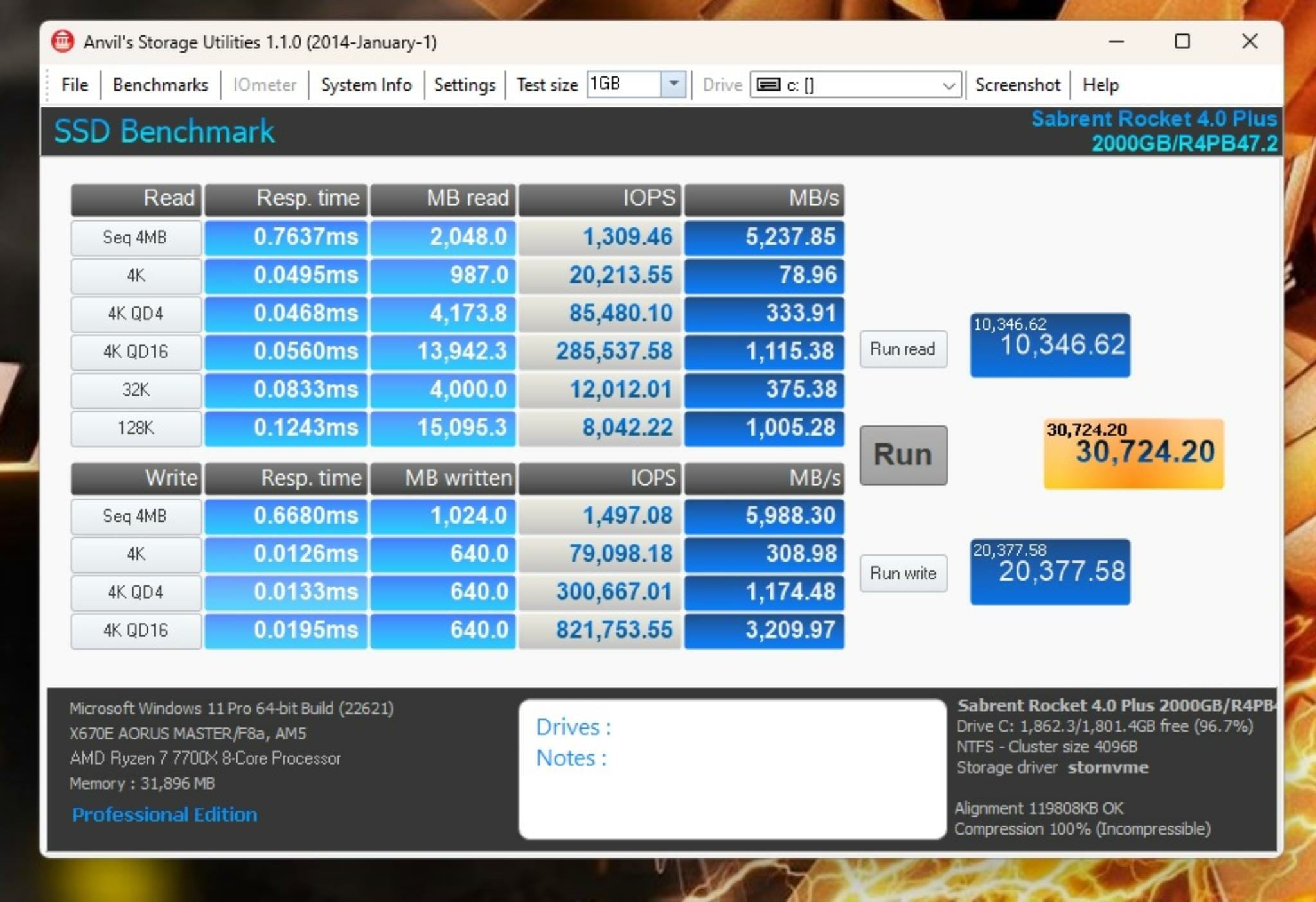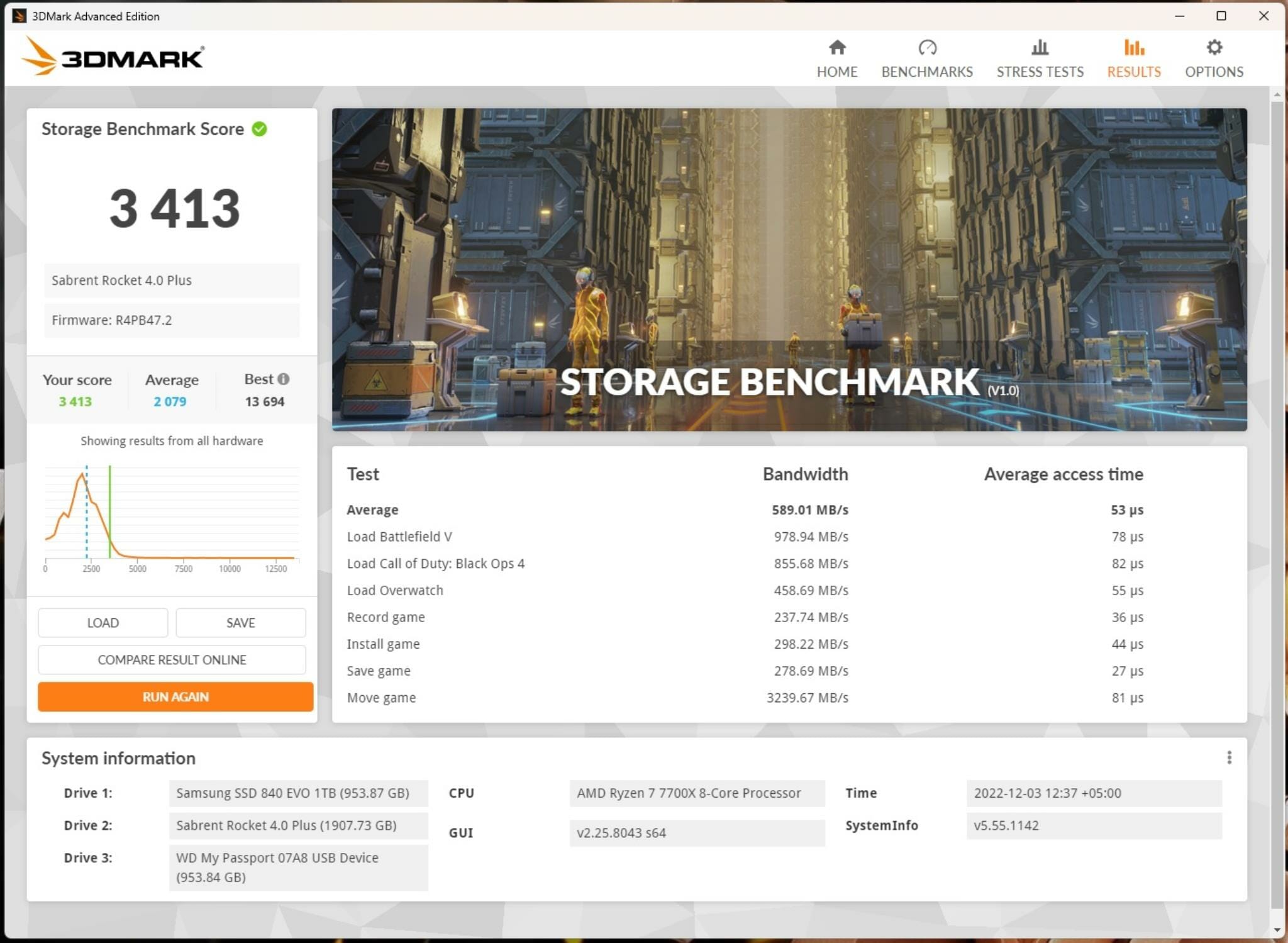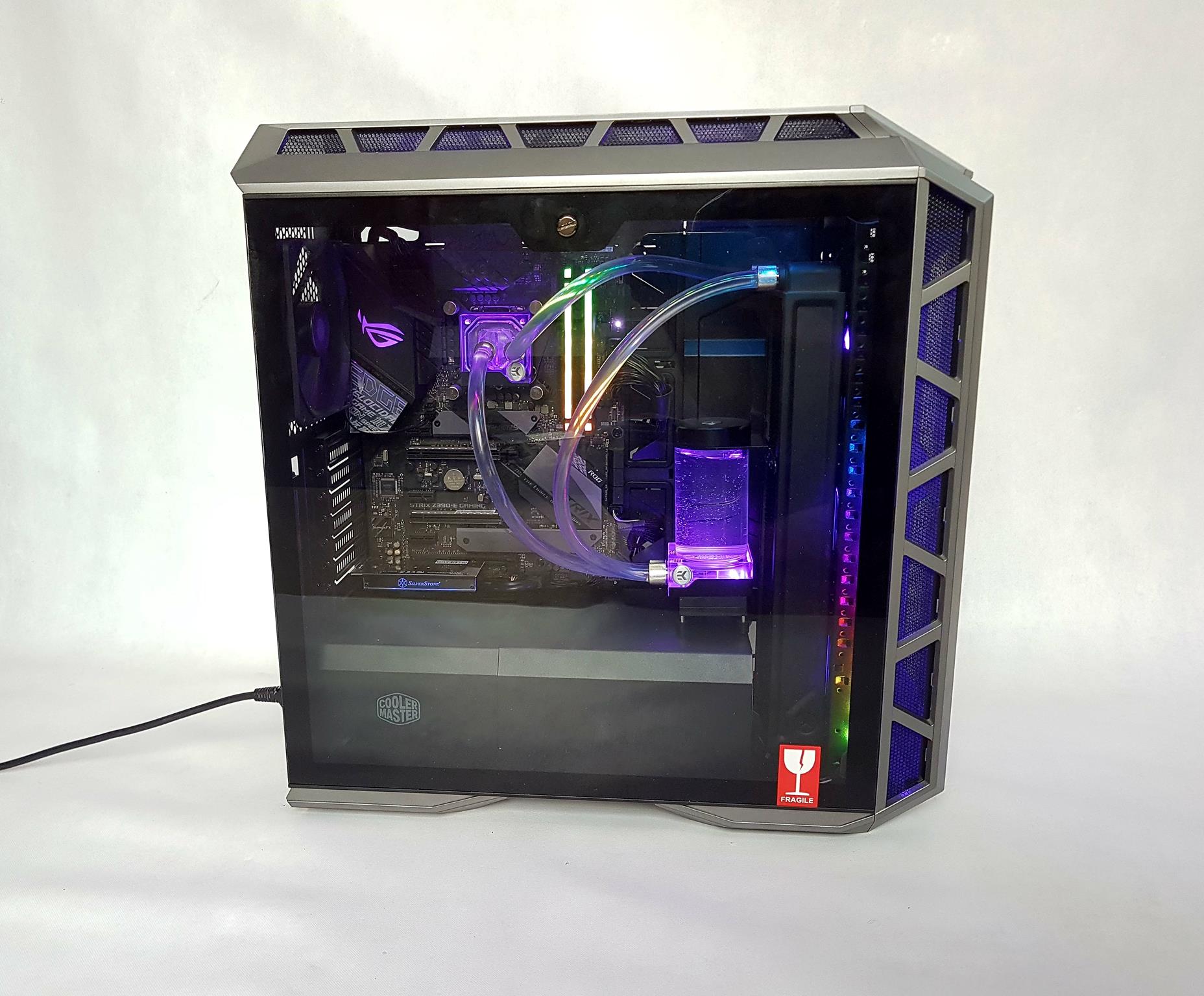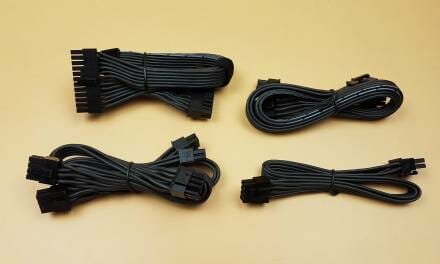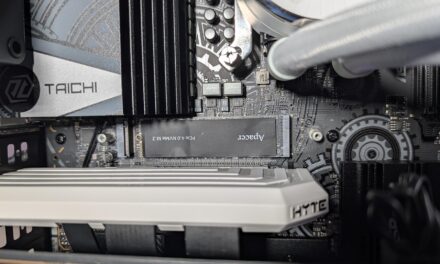
Sabrent Rocekt 4 Plus 2TB NVMe SSD and Rocket DDR5 U-DIMM 4800MHZ 16GB kit Performance on AM5 Platform
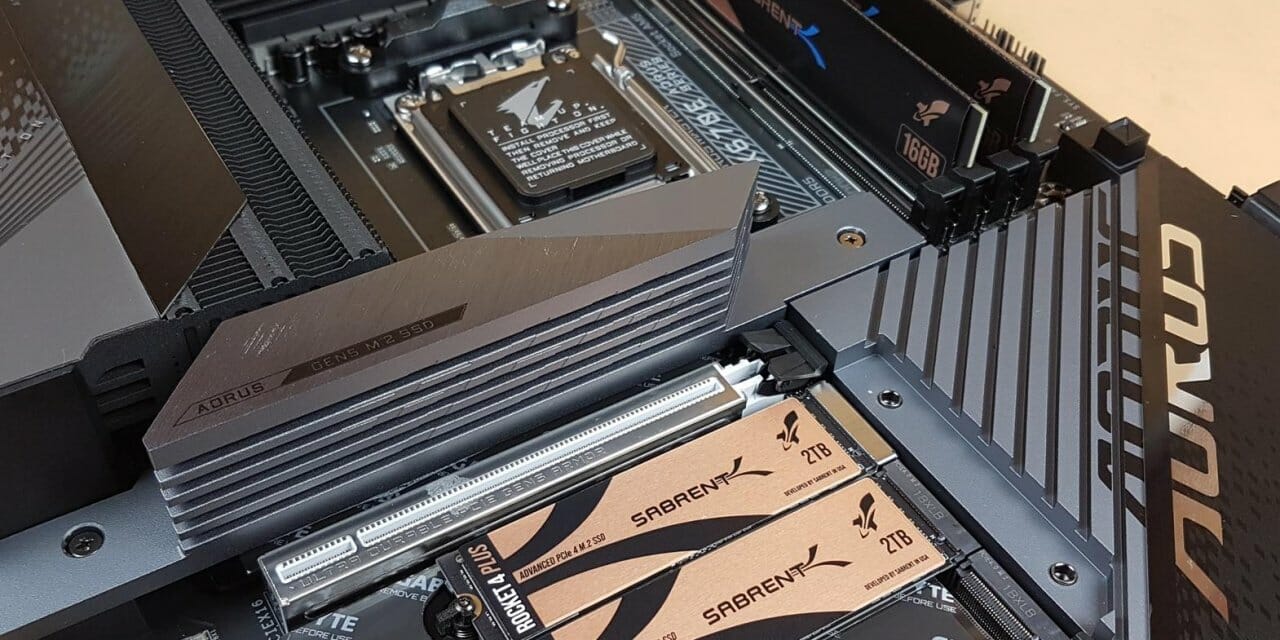
Introduction
When it comes to storage and related products/accessories, Sabrent is a name to reckon with. They have come out and spread out that quickly, taking over the market with innovative products with good pricing. We tested their premium NVMe SSD Rocket 4 Plus 2TB and Rocket DDR5 kit earlier. Links to both contents can be found here:
These products were tested on the Intel platform. This time are testing these two products on the AMD AM5 platform.
Sabrent ships the SSD and the RAM modules with an effective presentation. Each RAM stick comes inside a dedicated box. The NVMe is shipped inside a metallic container. The packing boxes have a Sabrent theme.
Product: Sabrent Rocket DDR5 16GB
Price: $179.99 [At the time of review]
Specifications
Product: Sabrent Rocket 4 Plus 2TB [SB-RKT4P-2TB]
Price: $309.99 [At the time of the review]
Specifications
The Sabrent Rocket DDR5 U-DIMM comes in a 16GB capacity. We have got 2 kits of 16GB each. They have a rated speed of 4800MHz using 40-40-40-77 timing at 1.10V. These kits are low-profile designs and don’t have heat spreaders. Instead, they have copper covers to provide heat transfer. This kit does not have an XMP profile because they conform to the JEDEC default specifications. The Sabrent Rocket DDR5 kits are available in multiple 16GB and 32GB modules. There is no less than a 16GB module. These are ECC, Unbuffered DIMM with 288-pin layout (DDR5).
There is no heat-spreader on these kits making these a low-profile design. Instead, we have a thin layer of copper on the inside of the cover. Speaking of the cover, it is finished in Rocket theme. Sabrent branding is in the center. 16GB capacity is printed on the far right side whereas the rated speed of the kit is printed on the left. The dimension of a module is 5.26×1.25×0.13in. The height of the kit is roughly 31mm. We have 16 SK Hynix chips each of 1GB size on one side of the PCB. There is nothing on the other side of the PCB. The PMIC is in the center. One can spot the black color thermal pad between the chips and the thin layered copper. These are single-rank kits.
The above is the SPD readout as taken from the AIDA64 Engineer edition. A single module of the Sabrent Rocket DDR5 4800MHz 16GB kit has 32 banks featuring SK Hynix chips. The VDD and VDDQ have a 1.1V rating.
The Rocket 4 Plus 2TB NVMe SSD is based on PCIe Gen 4 utilizing the 4 lanes. The quite intrinsic element of this SSD is the super-fast data transfer rates. Sabrent has shown this drive to reach up to whopping 7000 MB/s sequential reads and up to 6850 MB/s sequential writes when connected to the PCIe Gen 4 enabled M.2 port. It is backward compatible with the PCIe Gen 3 but with reduced speeds which is obvious. We can expect sequential read speeds of up to 3400MB/s and 3000MB/s sequential write speed on PCIe 3×4. This SSD is rated for up to 650K IOPS under 4K Random QD32 reads and 700k IOPS under 4K Random QD32 writes. This SSD is all about numbers and performance.
The Sabrent Rocket 4 Plus NVMe PCIe 4×4 2TB SSD has an M.2 form factor of 2280. It is an M Key type SSD compatible with the majority of the M.2 slots on modern motherboards. It is also backward compatible with the PCIe Gen 3 but with reduced speeds. The dimension of the SSD is 80x22x3.65 (LxWxH) and it has a weight of 2.4Oz. The Sabrent Rocket 4 Plus series SSDs don’t need a dedicated driver on Microsoft Windows 8.1 and 10. Since these SSDs are using the operating system’s native NVMe driver, there is no dedicated software either by the manufacturer.
There is a copper color sticker cover with black accent Sabrent branding. This would be a handy dandy for the black/neutral-themed builds. The drive in consideration has a 2TB capacity and is PCIe Gen4 based using 4 PCIe lanes for connectivity. The operating temperature of these drives is 0°C to 70°C whereas the storage temperature requirement is -40°C to 85°C. These have a shock resistance of 1500G. The MTBF is mentioned to be 1,600,000 hours. The SSD has an MTBF of 1,800,000 hours. The SSD comes with a 1-year warranty which can be made 5 years but only with the registration. The TBW (Terrabytes Written) value is mentioned to be 1400 TB meaning we roughly get a guaranteed 280 TB per year in 5 years warranty.
The drive is rated to draw 7.3W for read operations and 8.2W for write operations. The power supply is rated at 3.3V. Speaking of features, this SSD has:
- NVMe M.2 PCIe Gen4 x4 Interface.
- PCIe 4.0 Compliant / NVMe 1.3 Compliant.
- Power Management Support for APST / ASPM / L1.2.
- Supports SMART and TRIM commands.
- Supports ONFi 2.3, ONFi 3.0, ONFi 3.2, and ONFi 4.0 interface.
- Advanced Wear Leveling, Bad Block Management, Error Correction Code, and Over-Provision.
- Upgradeable Firmware.
The Rocket 4 Plus 2TB NVMe PCIe SSD is powered by the Phison E18 controller. This controller is based on TSMC 12nm process technology using a 32bit ARM Cortex R5 micro-controller in Triple-CPU architecture with up to 8 channel support. The controller has a support for Dynamic SLC Cache and supports 1600MT per channel in DDR4 DRAM.
The above is a SMART readout from the AIDA64 Engineer edition.
Testing
The following configuration is used to test the kit:
- AMD Ryzen 7 7700X [Stock, Auto]
- Custom Loop [Detail Below]
- GIGABYTE X670E AERO MASTER
- Sabrent Rocket DDR5 16GBx2 @ 4800MHz
- Sabrent Rocket 4 Plus 2TB PCIe 4.0 NVMe SSD
- Colorful iGame GeForce GTX 1050Ti 4G [For Display]
- be quiet! Straight Power 11 1000W Platinum PSU
- Praxis Wetbench
The following software are been used for the testing:
- AIDA64 Engineer
- Performance Test
- 3DMark Time Spy Extreme
- Cinebench R23[ Multi]
- Crystal Disk Mark
- ATTO Disk Benchmark
- AS SSD
- Anvil Storage Utilities
- 3DMARK Storage Benchmark
Custom Loop
We have recently tested Alphacool NexXos XT45 Full Copper 1260mm SuperNova radiator using Alphacool Eisblock XPX AURORA EDGE Digital RGB – Full Brass water block, VPP Apex pump, Eisbecher D5 reservoir and 16/10mm fittings and black TPV tubes. The same cooling is employed for this testing.
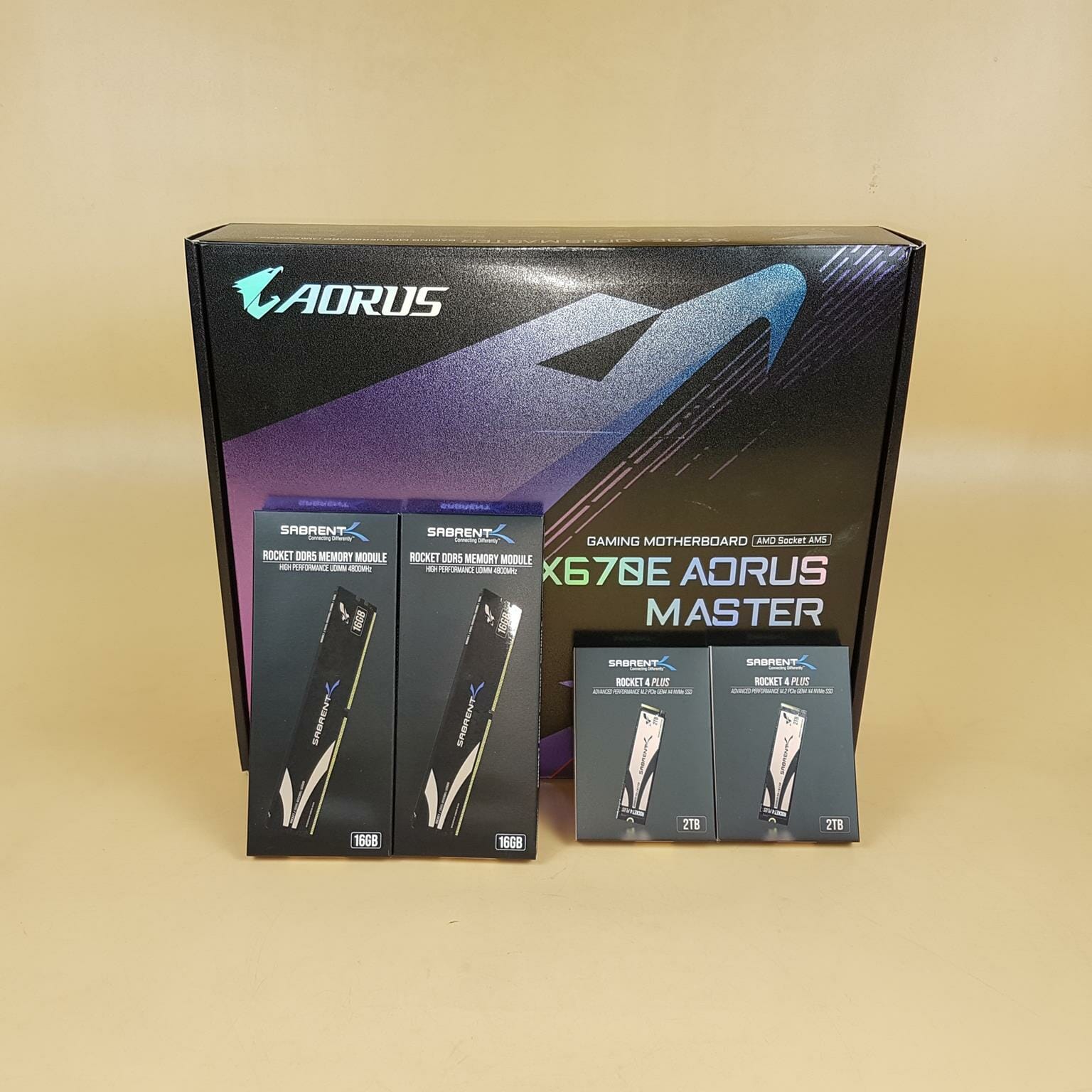
Behold the power combo!
Important Note: These kits conform to JEDEC default DDR5 speed hence they don’t have any XMP profile. Leave the settings on Auto and the kits will automatically be adjusted to 4800MHz on the default timing. Still, if you would want to be sure anyway, dial in the manual 4800MHz Frequency with 40-40-40-77, 2N timings in the related settings menu under UEFI/BIOS.
The above snapshot is showing the CPU and RAM information from CPU-Z.
Rocket DDR5 U-DIMM 4800MHz Results
Before we take a look at the results, let’s talk about the over-clocking of these kits. We were able to push both kits to a whopping 6200MHz frequency with a little bit of tight timings of 38-38-38-77 using 1.370V voltage.
The above picture shows the AIDA64 Memory benchmark result from the stock frequency. The latency is quite high on this platform which we expect to be further fine-tuned in the coming time.
The above is an impressive result after overclocking these kits. The result is self-explanatory and latency is very well improved.
The result is self-explanatory.
Memory overclocking took the results from 88% on stock to 97 percentile. Quite a good performance there!
We did not see any significant improvement in the R23 Multi score.
The CPU Score is 6865. Remember we are focused on the CPU score here not the graphics card as this card was used only for display purpose.
6926 is the CPU score with memory overclocking. Again we are seeing a marginal gain.
Rocket 4 Plus 2TB NVMe SSD Results
Now, let’s take a look at the NVMe drive’s performance on this platform.
The above results from CrystalDiskMark validate the rated sequential read and write speeds. The 4k speeds are good as well.
The drive’s performance is impressive in the ATTO benchmark.
A nice score in the AS SSD benchmark.
Relative gaming performance is quite nice.
We can see a good performance in the Read operations however there are a few dips in the write operations.
Nice performance in the Anvil benchmark as well.
The drive has a good score on the 3DMARK Storage test.
Conclusion
We have tested the Sabrent Rocket 4 Plus 2TB NVMe drive and Rocket DDR5 U-DIMM 4800MHz 16GBx2 kits on the AMD AM5 platform. We tested these products on the Intel platform earlier. Here are the review links:
The Sabrent Rocket DDR5 kits are available in 16GB and 32GB capacities. We have tested the Rocket DDR5 16GBx2 kits from Sabrent. These kits are rated at 4800MHz (JEDEC Default) using 40-40-40-77 timing with 1.1V for the VDD and VDDQ and 1.8V for VPP. Since these kits are conforming to JEDEC defaults, there is no XMP profile on these kits. They are plug-and-play as the BIOS on Auto will load the correct speed and the timings. Nothing wrong if you would want to dial in the values manually.
These kits have employed SK Hynix chips. The black color PCB has one side populated with 16 chips each having 1GB capacity. THE PMIC is located in the center. The other side of the PCB is blank. There is a black color thermal pad between the chips and the thin layered copper plate.
How about overclocking these Rocket kits? This is where SK Hynix comes to play its significant role. We were able to push the kits to a whopping 6200MHZ. Here is the table presenting the comparison:
| Default Speed | OC Speed |
| 4800MHz | 6200MHz |
| Default Timing | OC Timing |
| 40-40-40-77 | 38-38-38-78 |
| Voltage | Voltage |
| VDD/VDDQ = 1.1V | VDD/VDDQ = 1.370V |
| VPP = 1.8V | VPP = 1.8V |
The GIGABYTE X670E AORUS MASTER is a beefy motherboard that has allowed to push these kits further from 6000MHz OC on the Intel platform.
The Rocket 4 Plus 2TB and its upgraded variant is a pinnacle of SSD innovation from Sabrent. The SSD is based on PCIe Gen 4 utilizing the 4 lanes. The sequential read and write speeds on this drive are up to 7000 MB/s and 6850 MB/s respectively. It is backward compatible with the PCIe Gen 3 but with reduced speeds which is obvious. We can expect sequential read speeds of up to 3400MB/s and 3000MB/s sequential write speed on PCIe 3×4. This SSD is rated for up to 650K IOPS under 4K Random QD32 reads and 700k IOPS under 4K Random QD32 writes. This SSD is all about numbers and performance. The Sabrent Rocket 4 Plus NVMe PCIe 4×4 2TB SSD has an M.2 form factor of 2280. It is an M Key type SSD compatible with the majority of the M.2 slots on modern motherboards. The dimension of the SSD is 80x22x3.65 (LxWxH) and it has a weight of 2.4Oz.
The Sabrent Rocket DDR5 16GB U-DIMM 4800MHz is rated for $179.99 at the time of this testing. The Rocket 4 Plus 2TB NVMe SSD is listed at $299.99 at the time of this testing. To find more detail on these products, please check our dedicated reviews of both. We have tested them on the AMD AM5 platform using 7700X and X670E AORUS MASTER. The latencies on this platform are a tad high as compared to Intel but this has to do with the platform than the product. The DDR5 kits have performed quite well and they even overclocked to 6200MHz from 4800MHz. The SSD’s performance is very impressive on this platform as well.
Thanks to Sabrent for the provision of the units.

